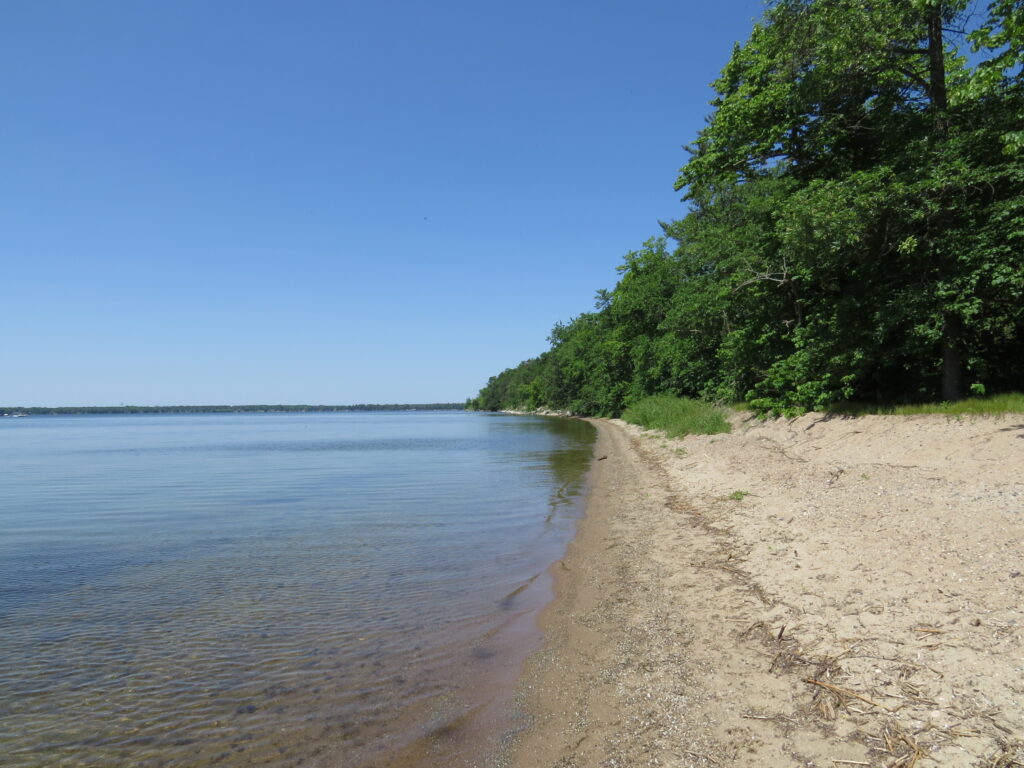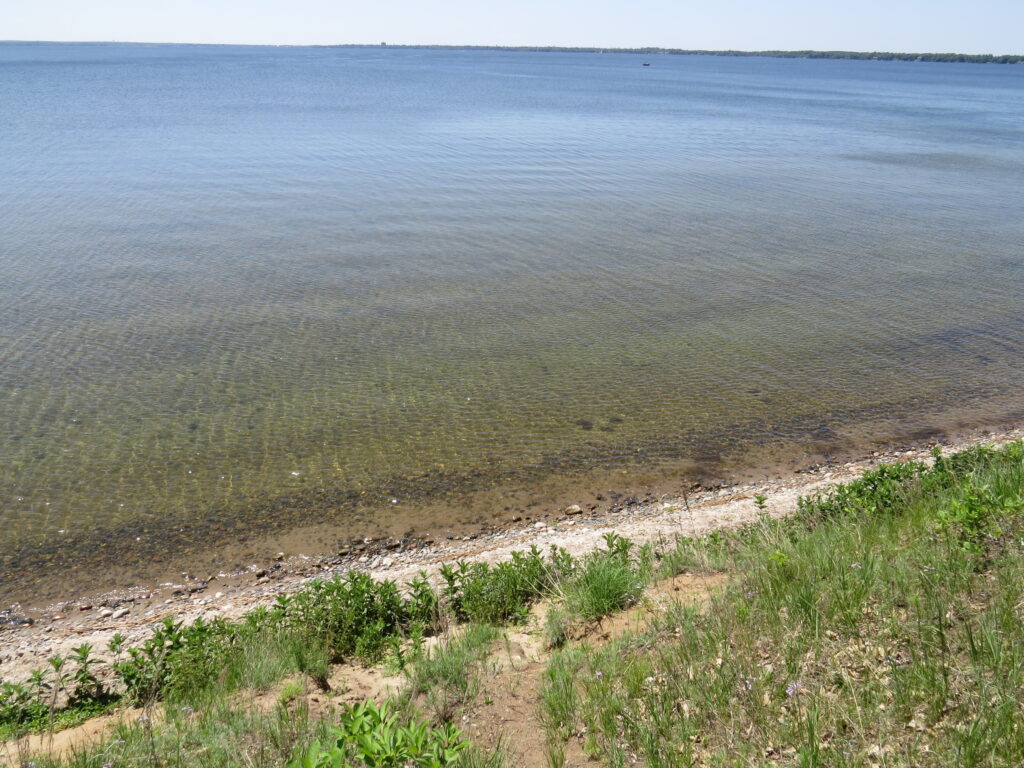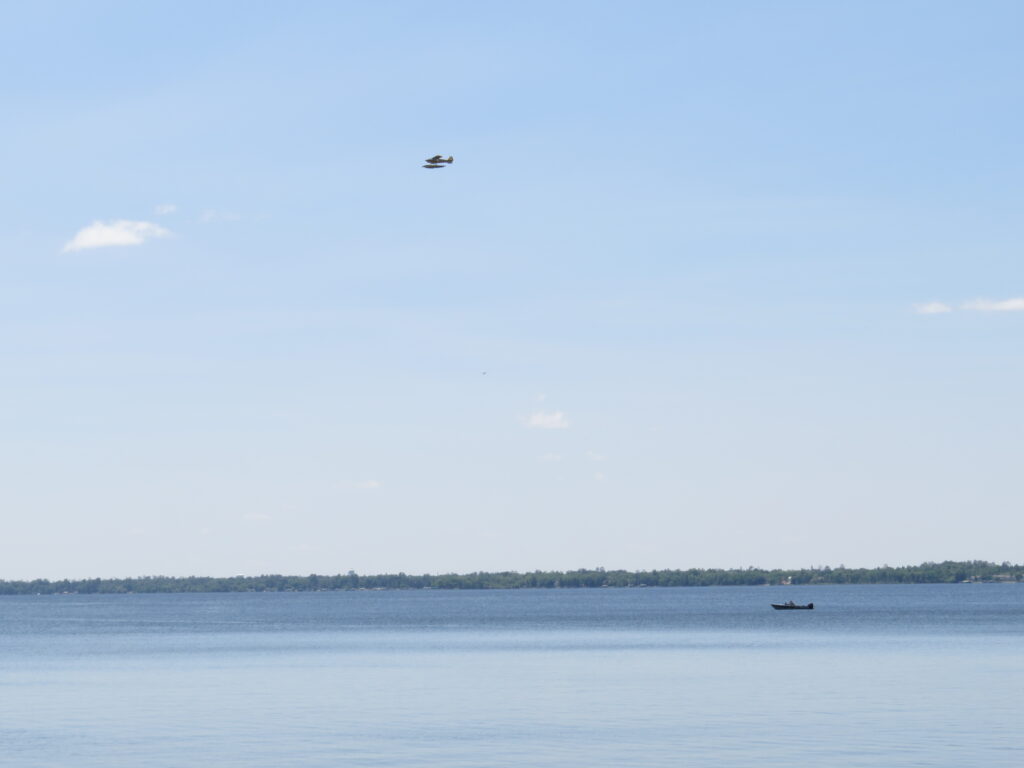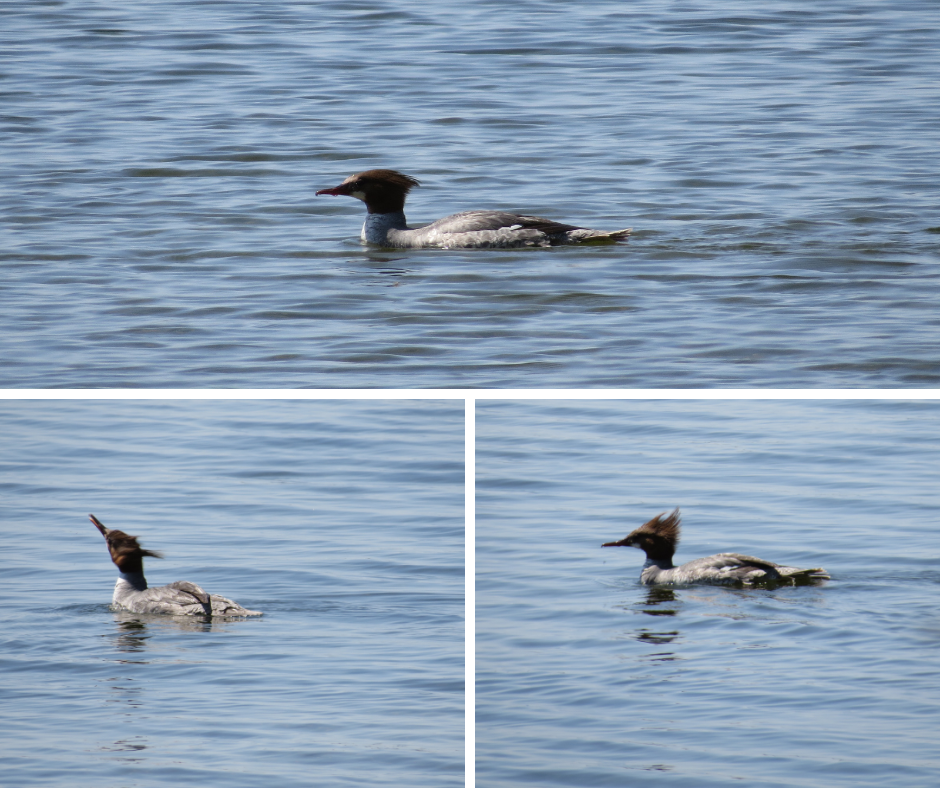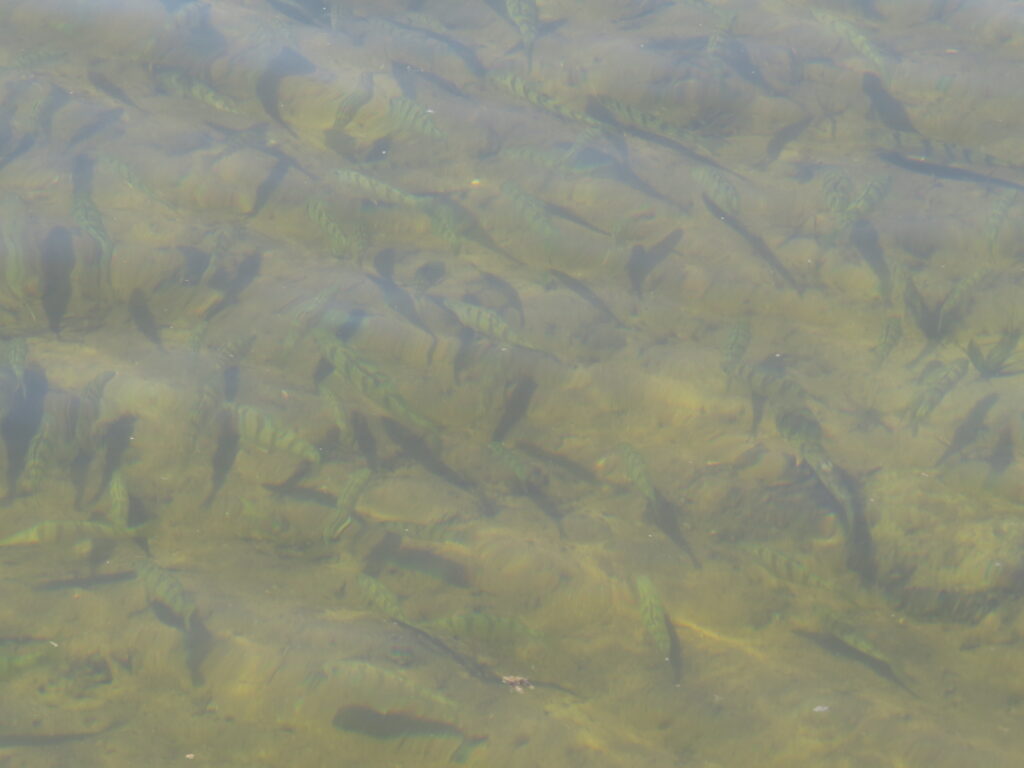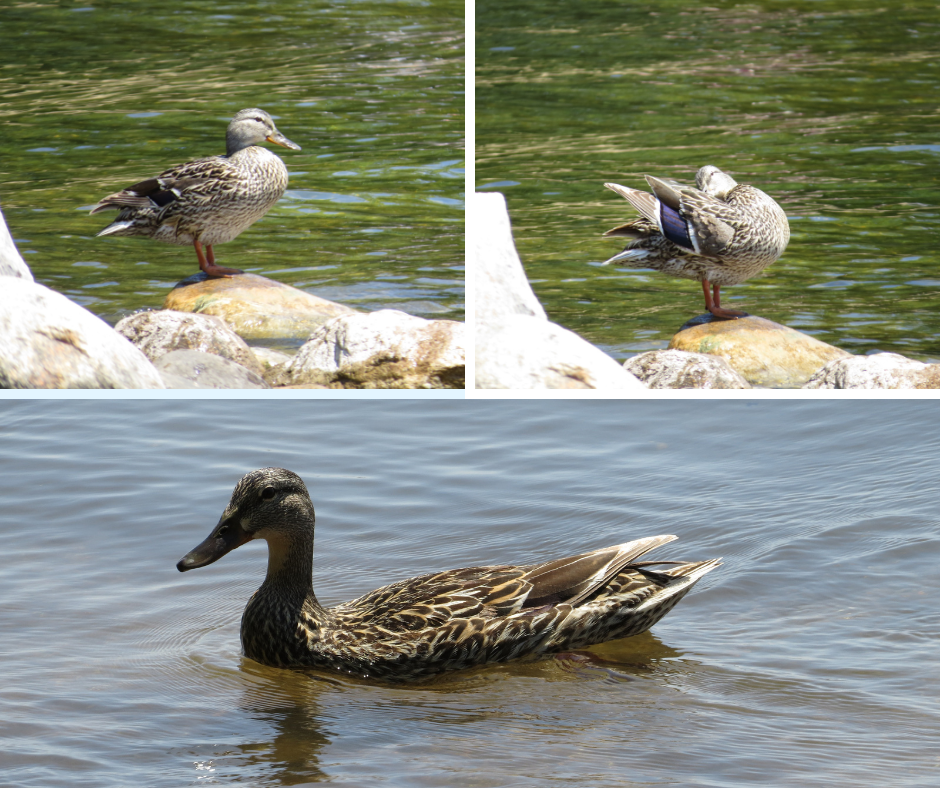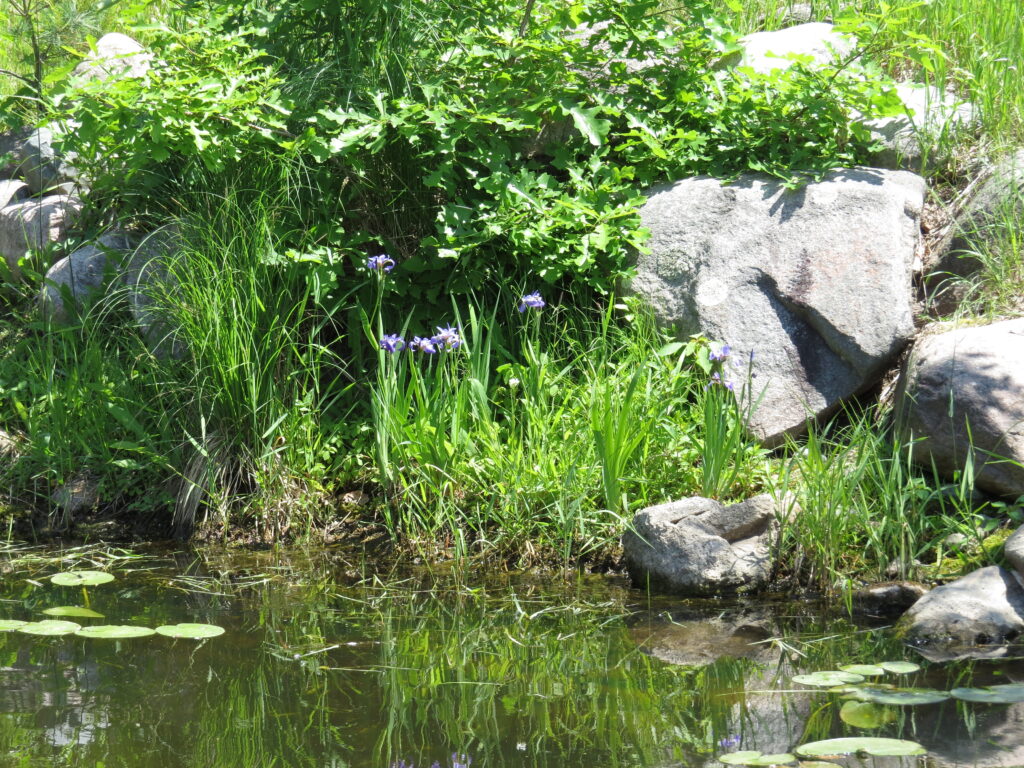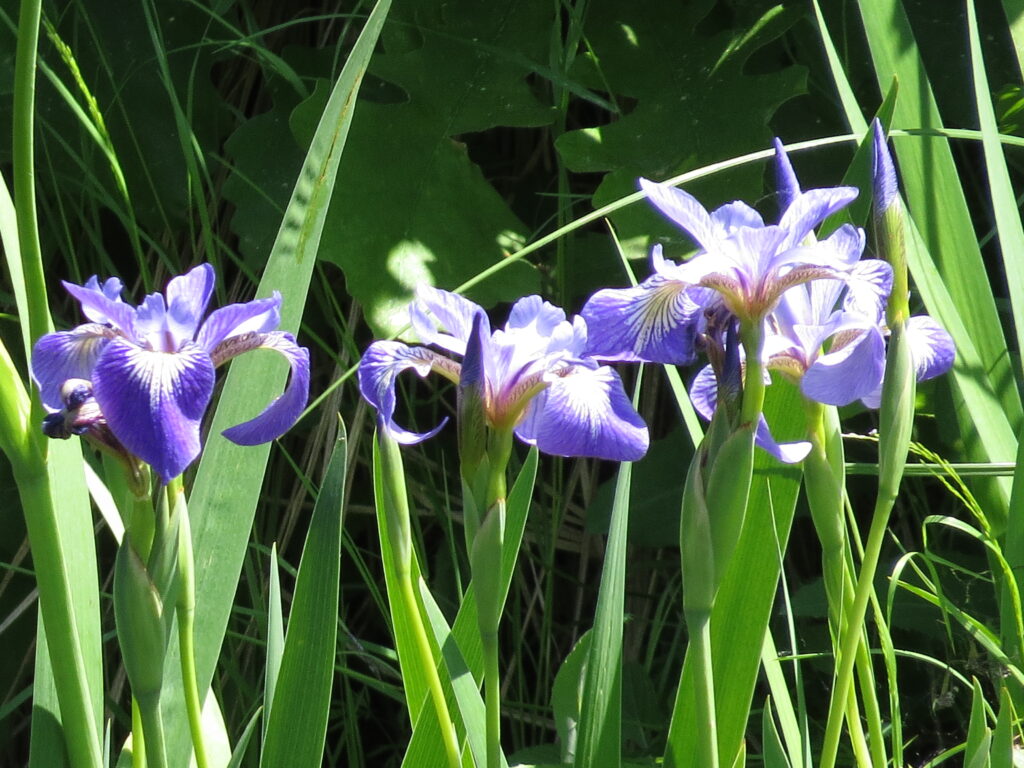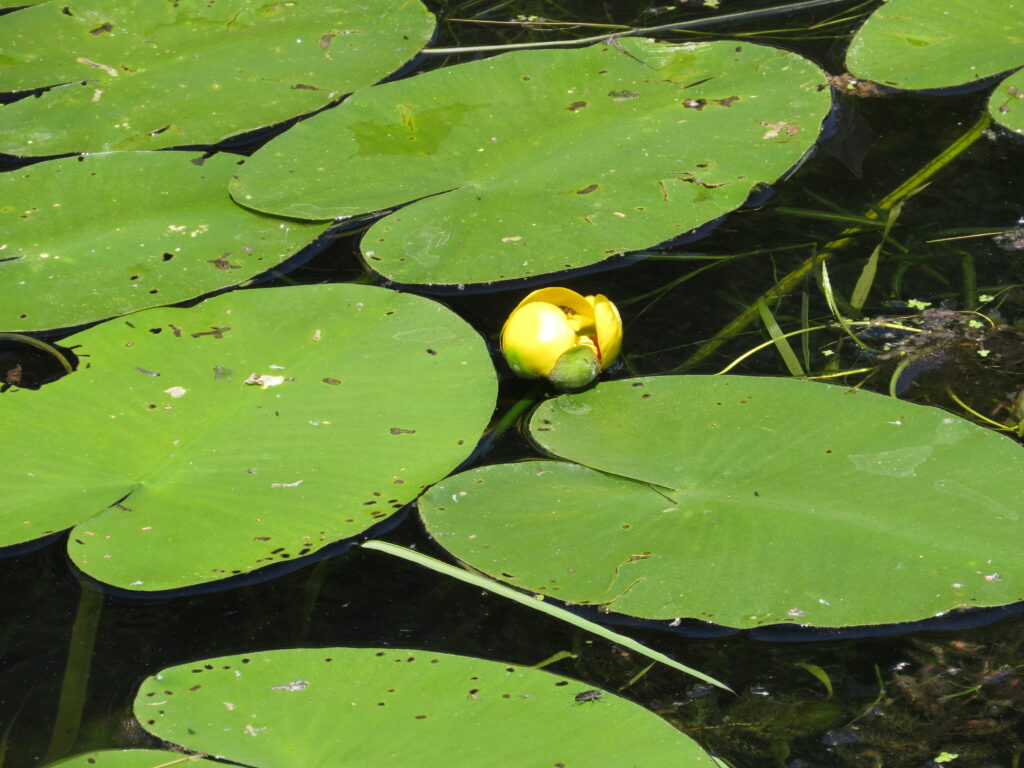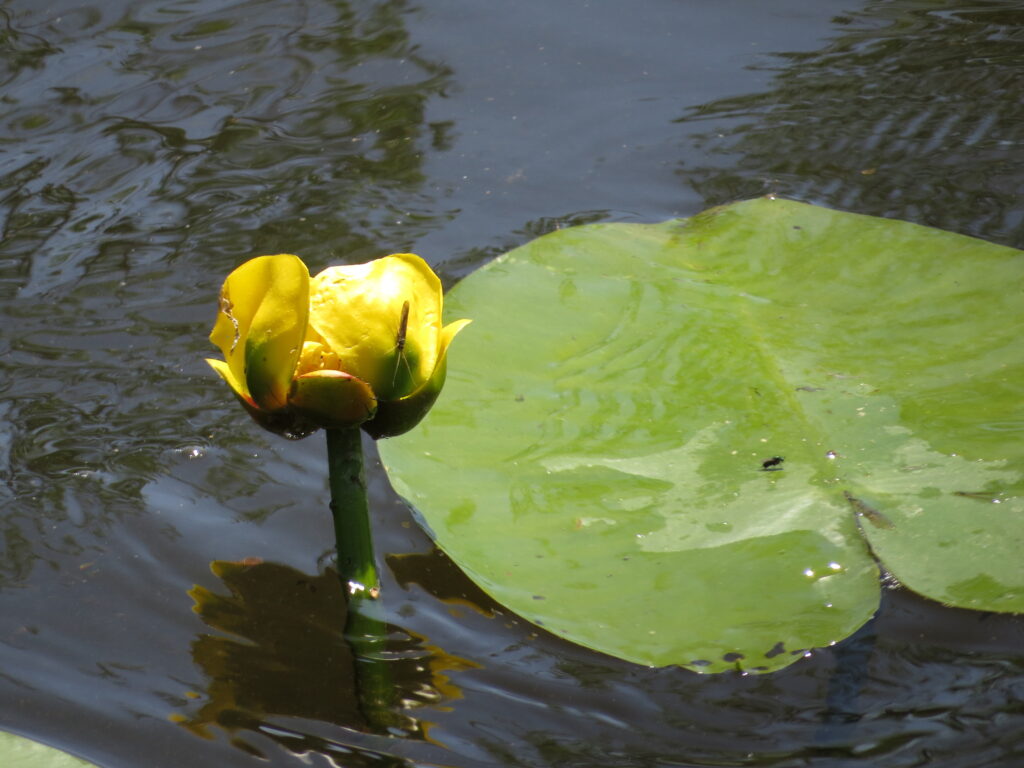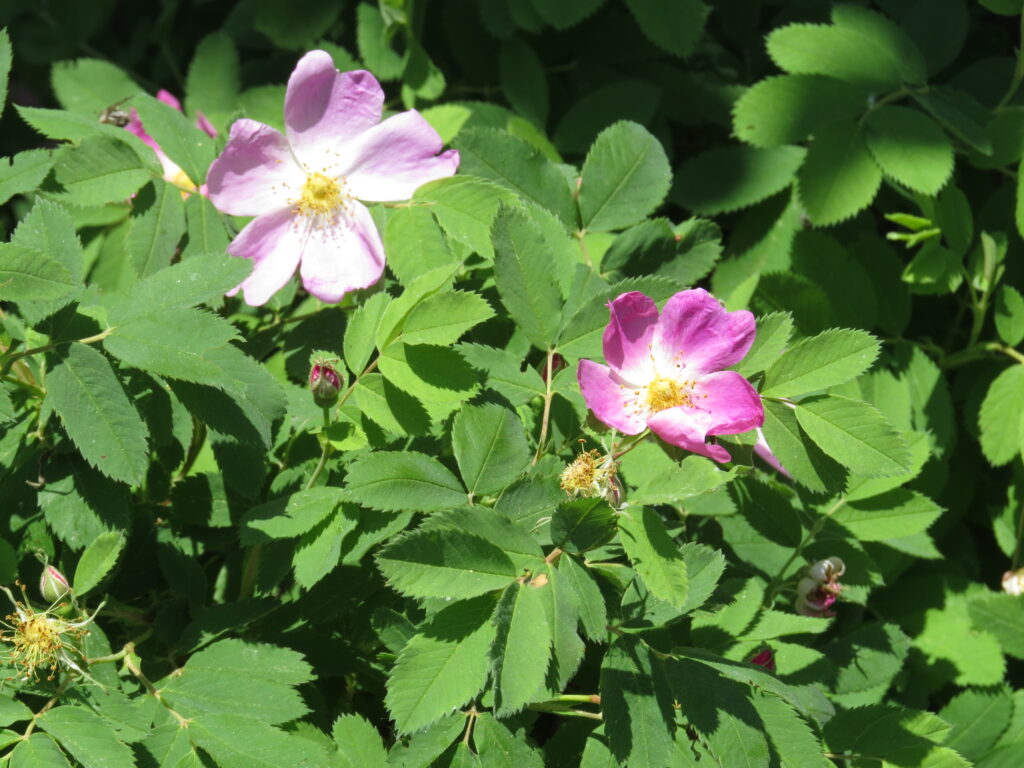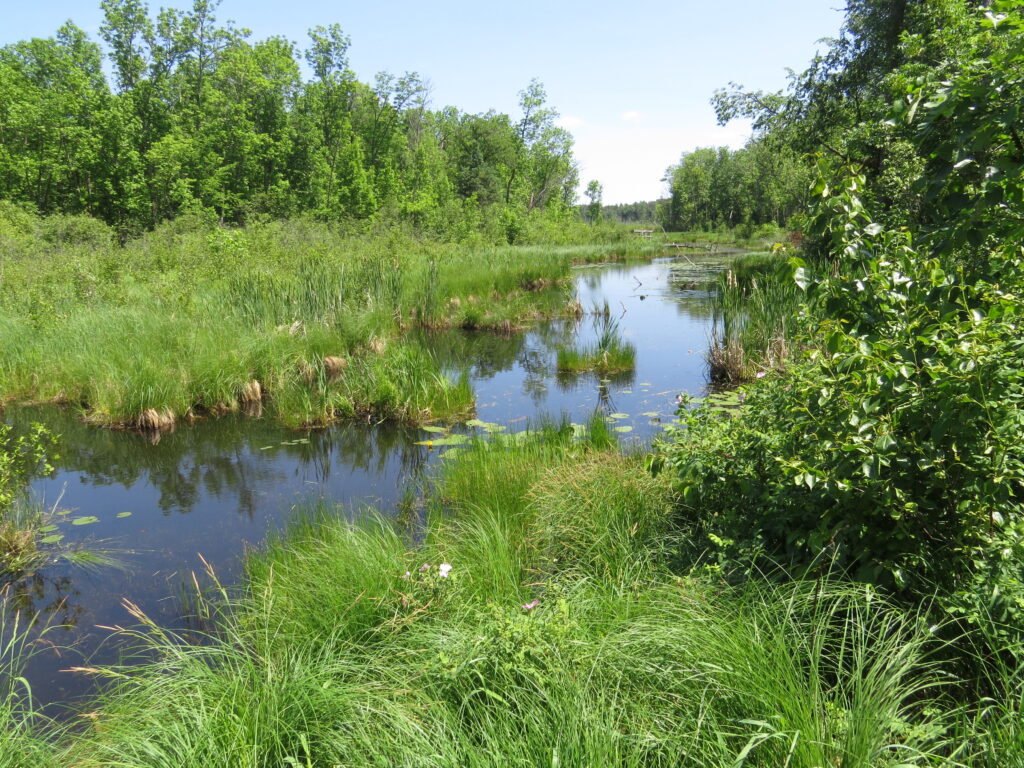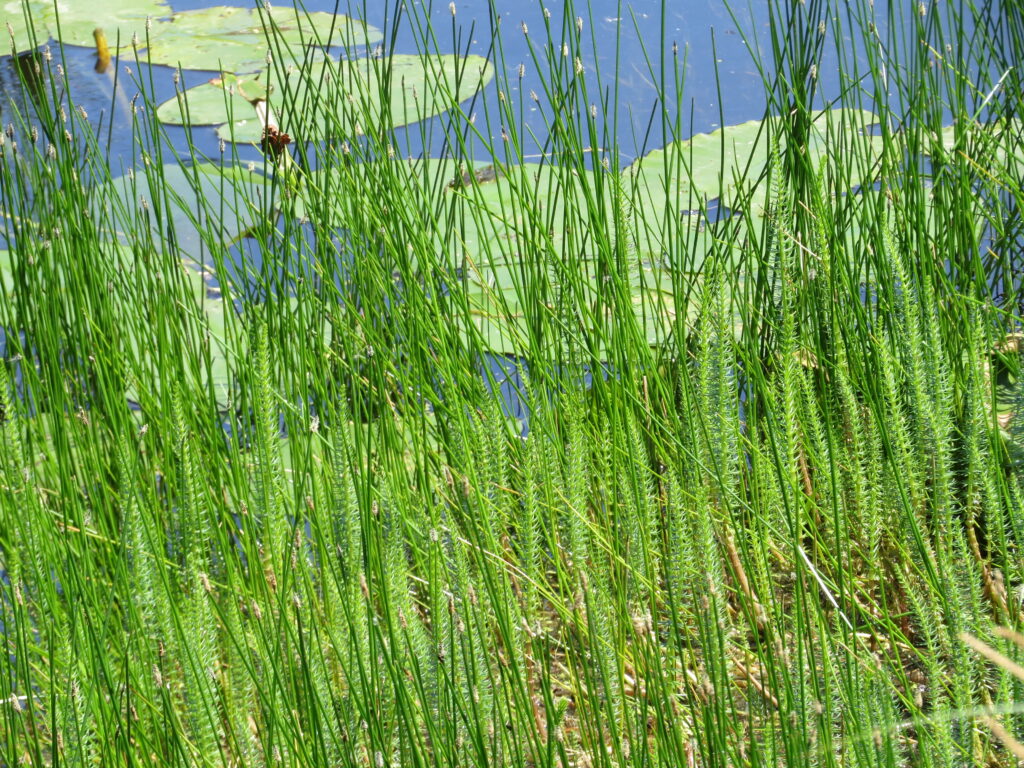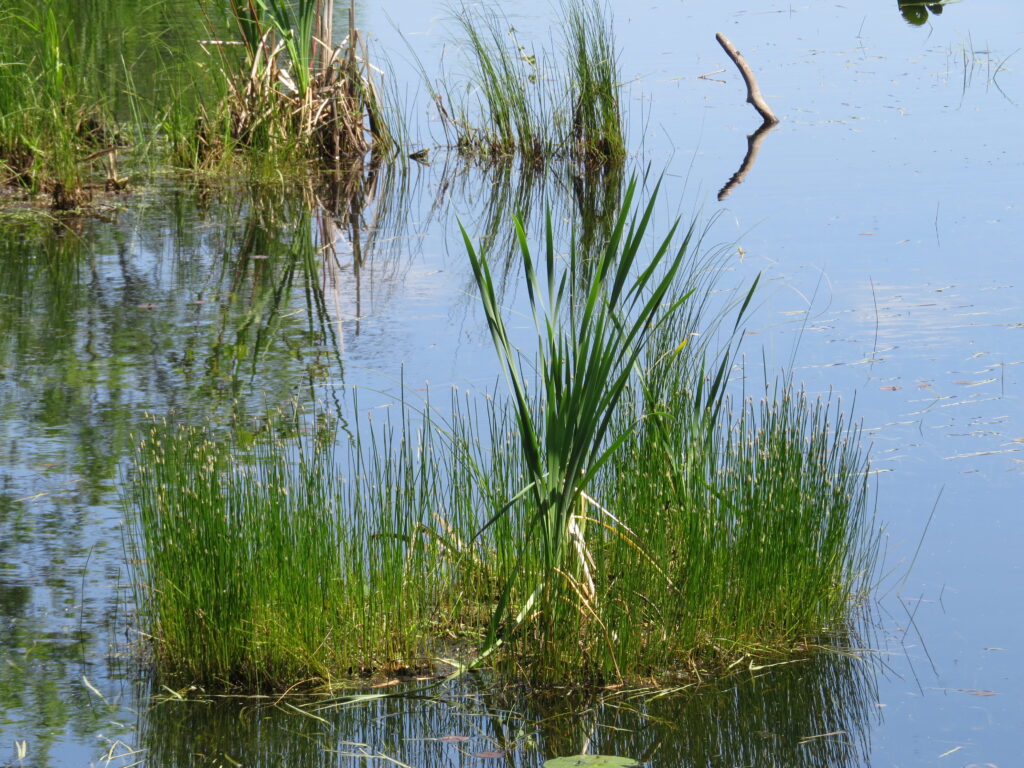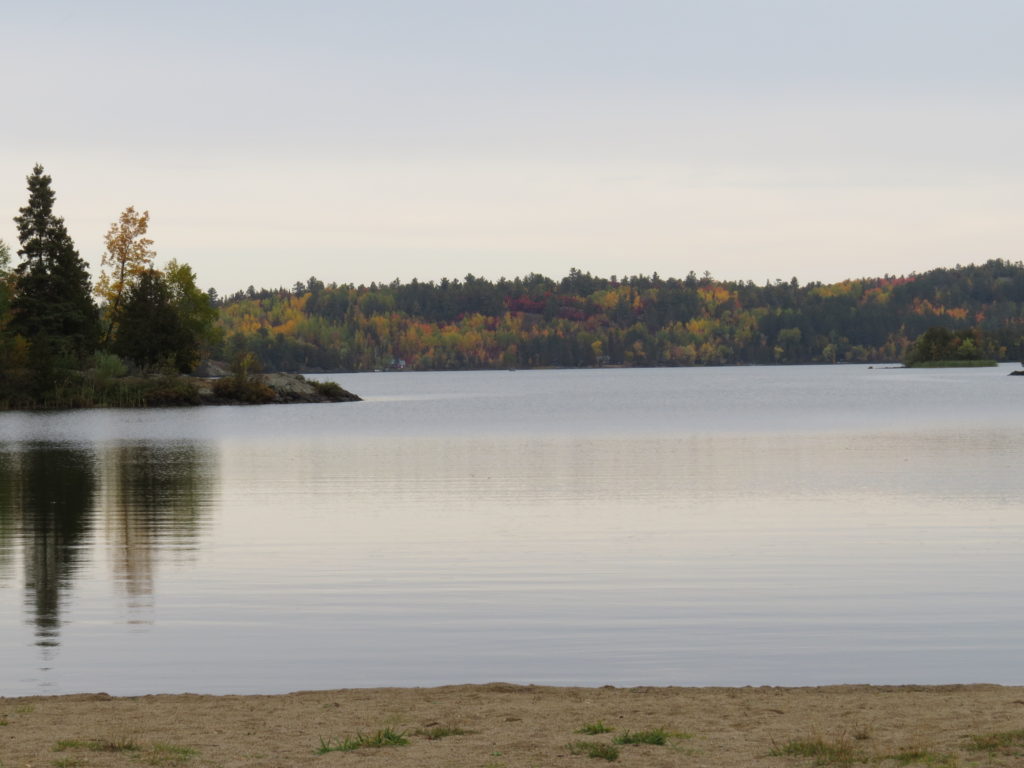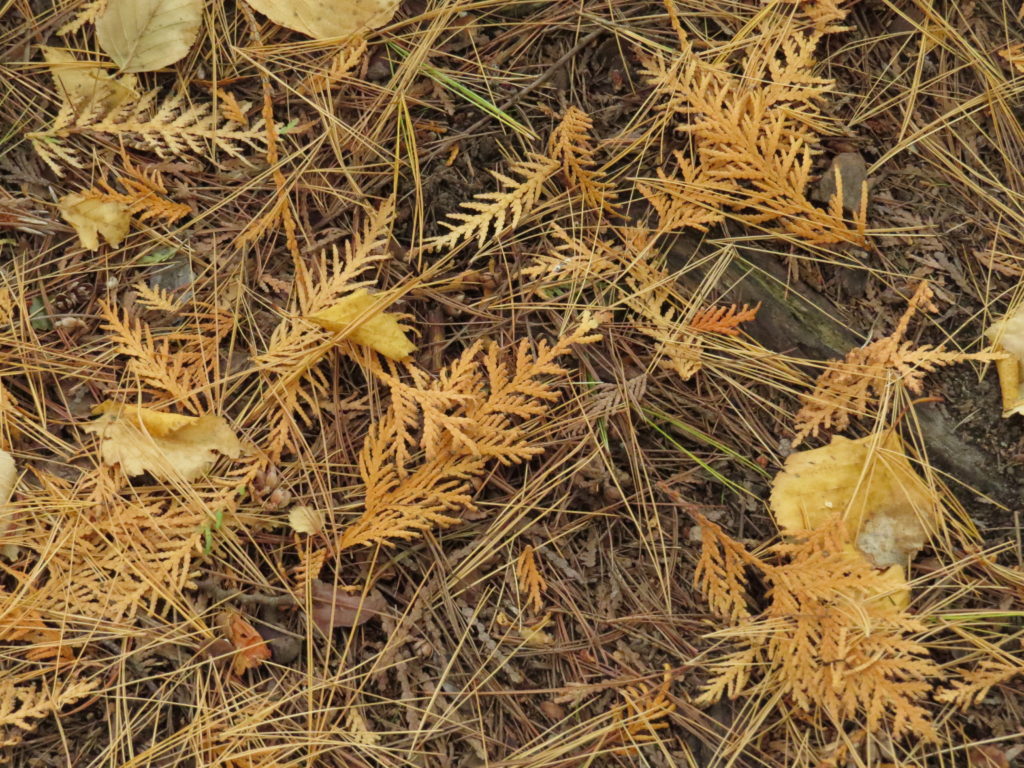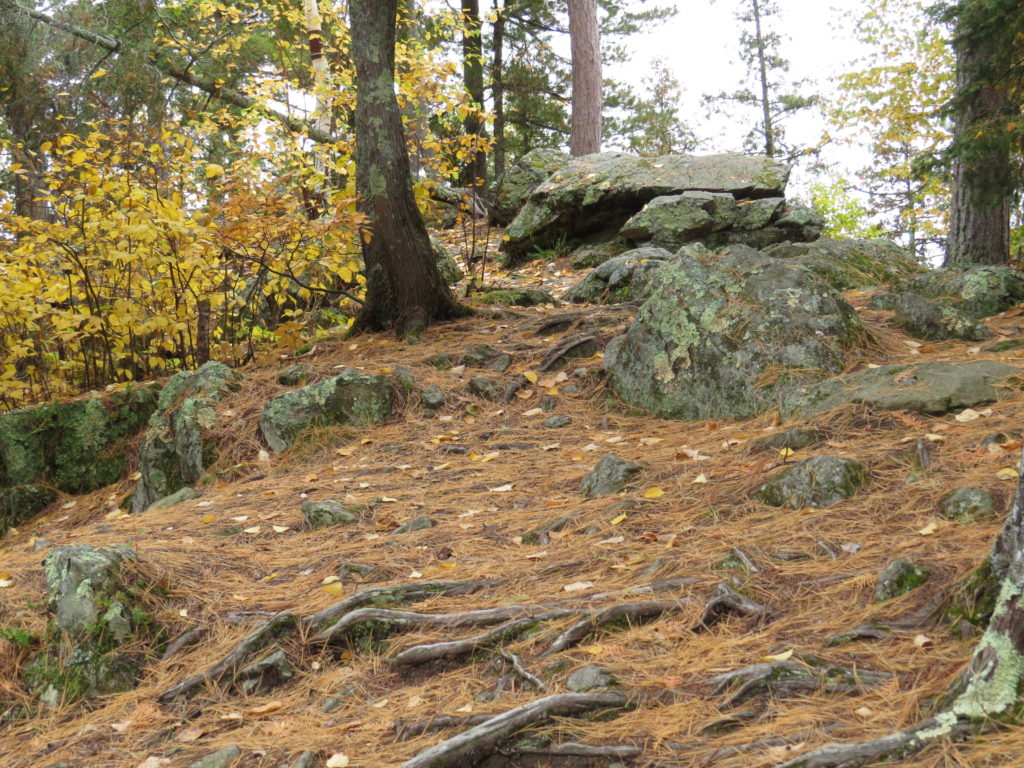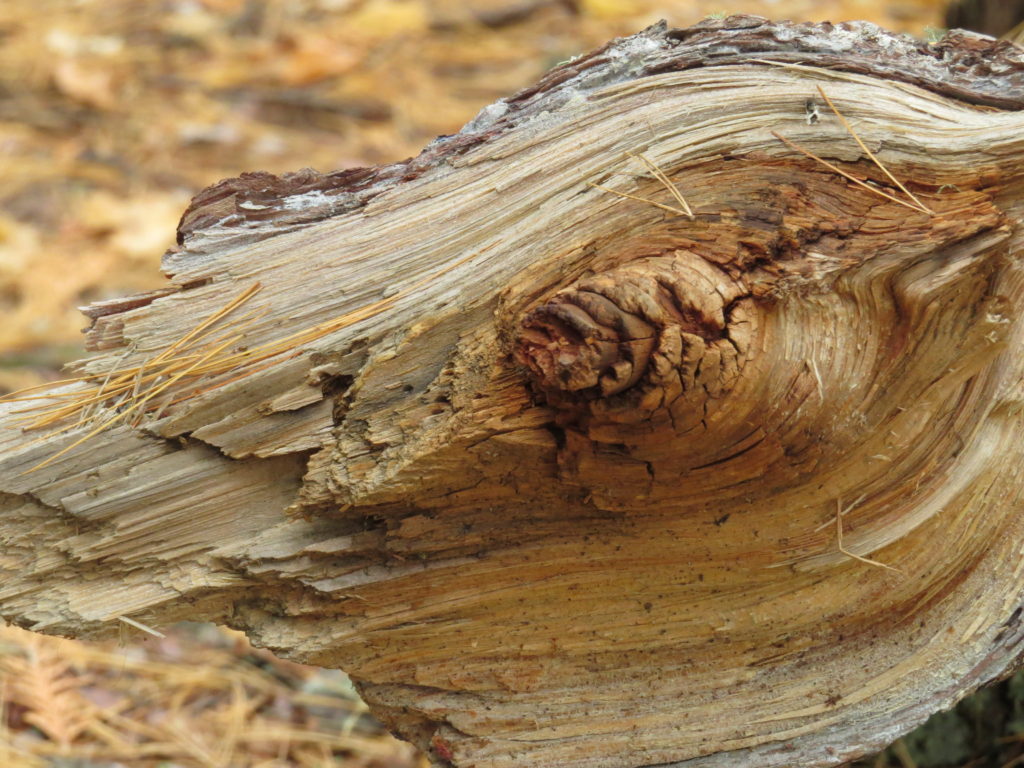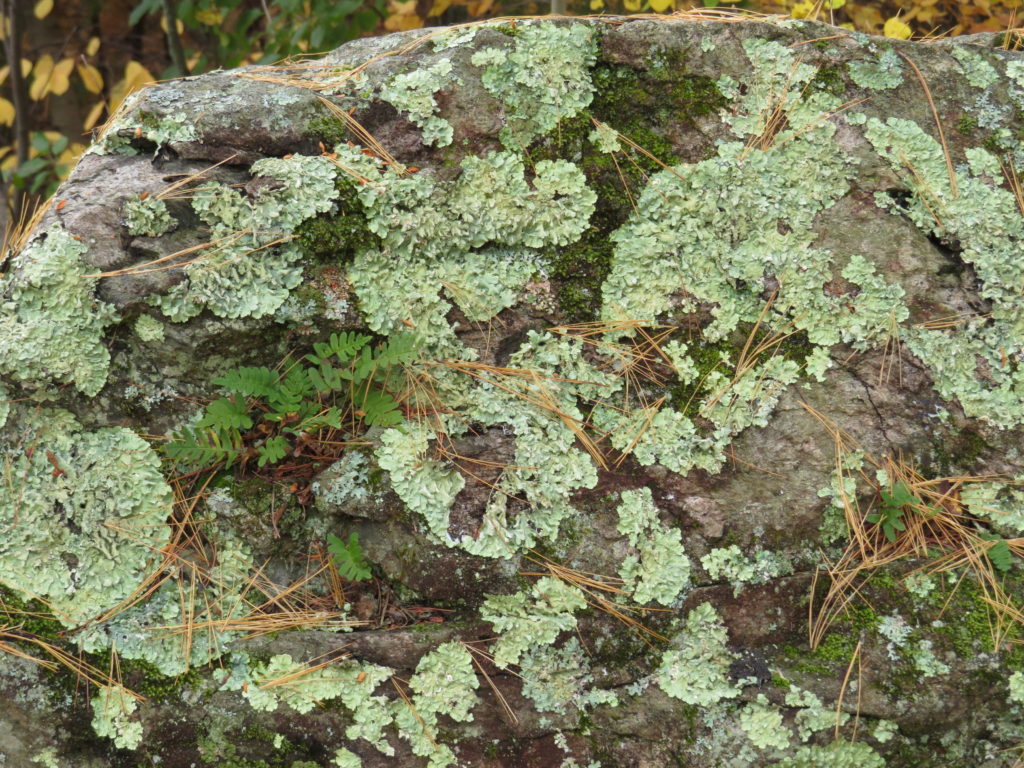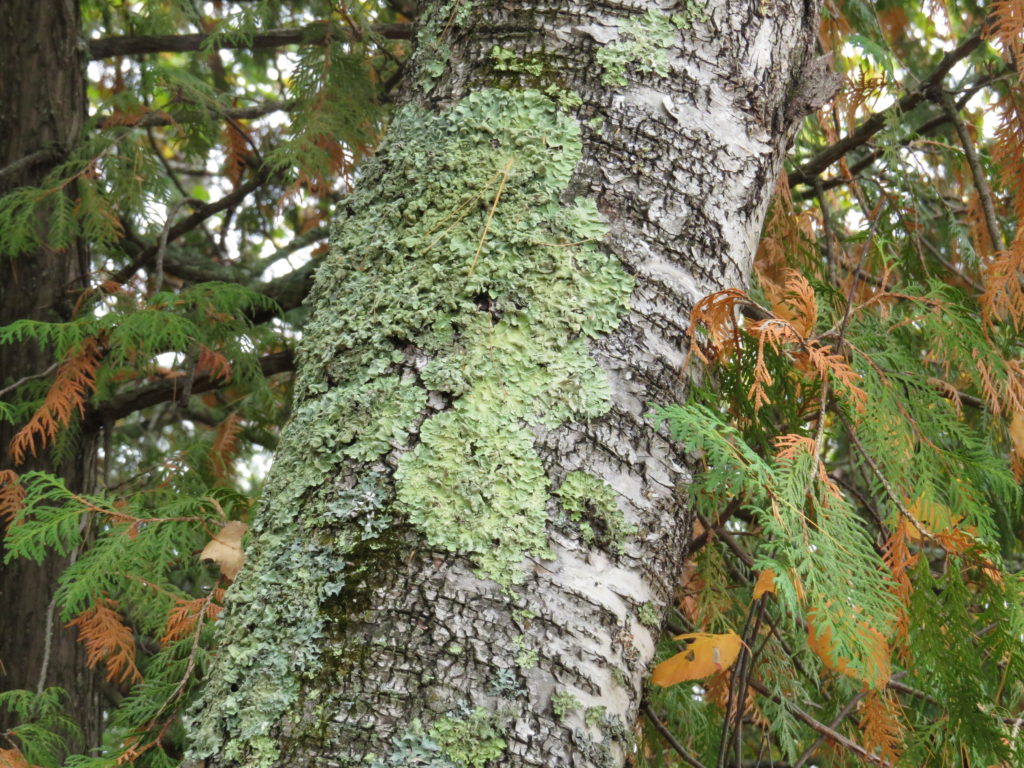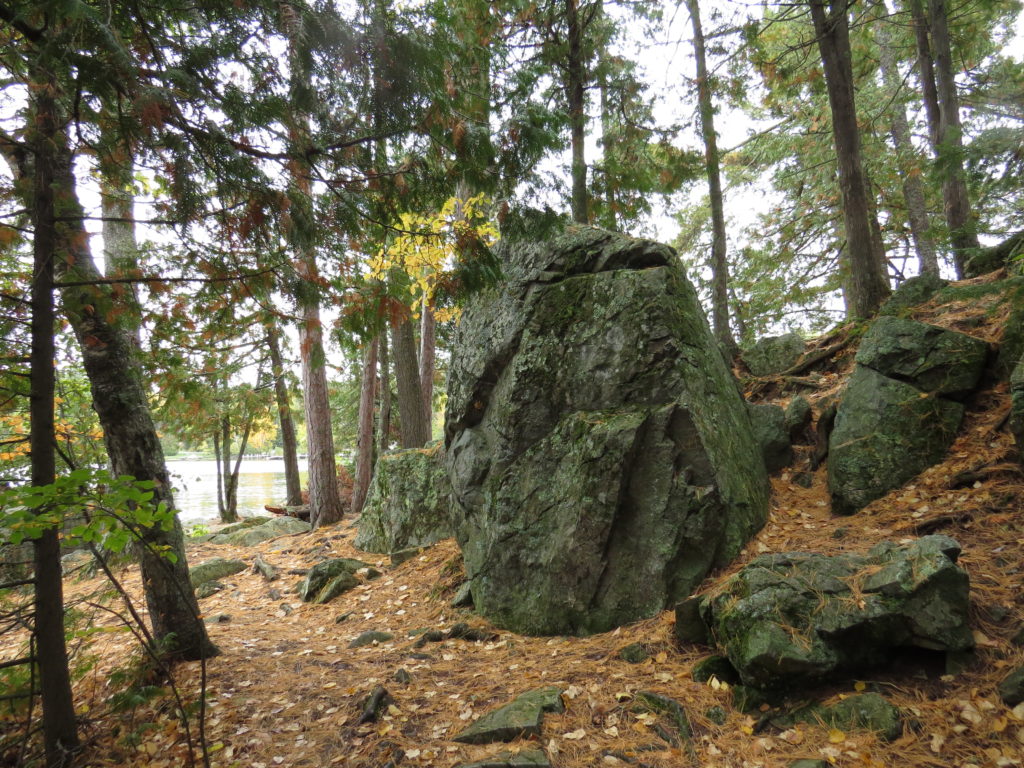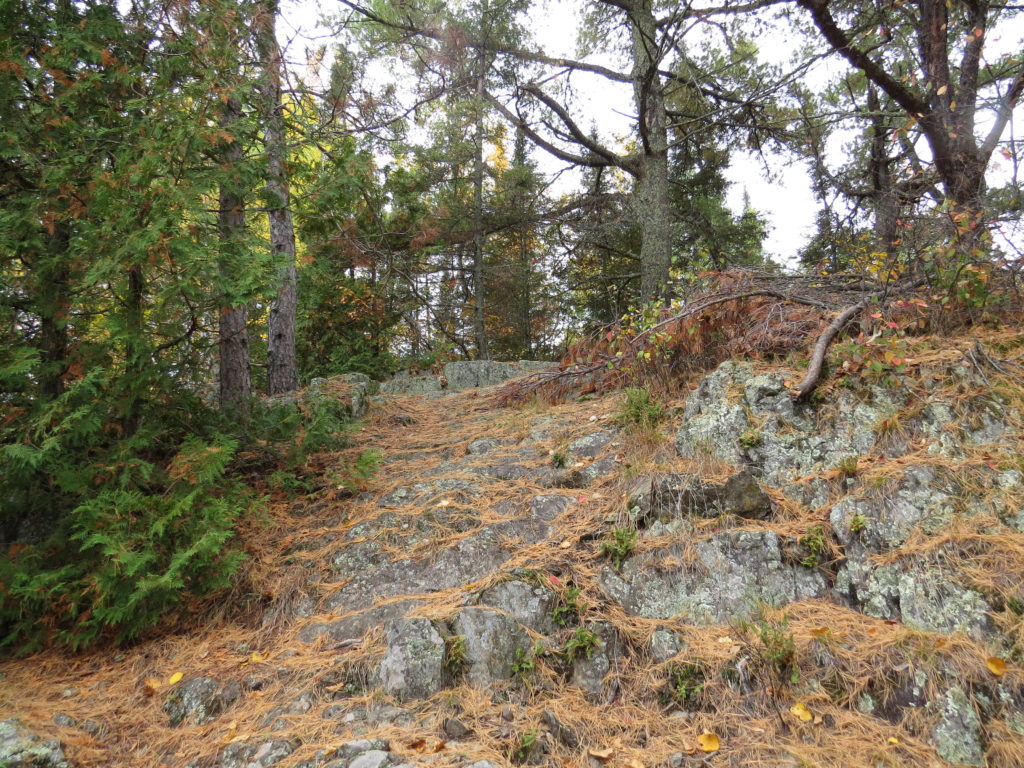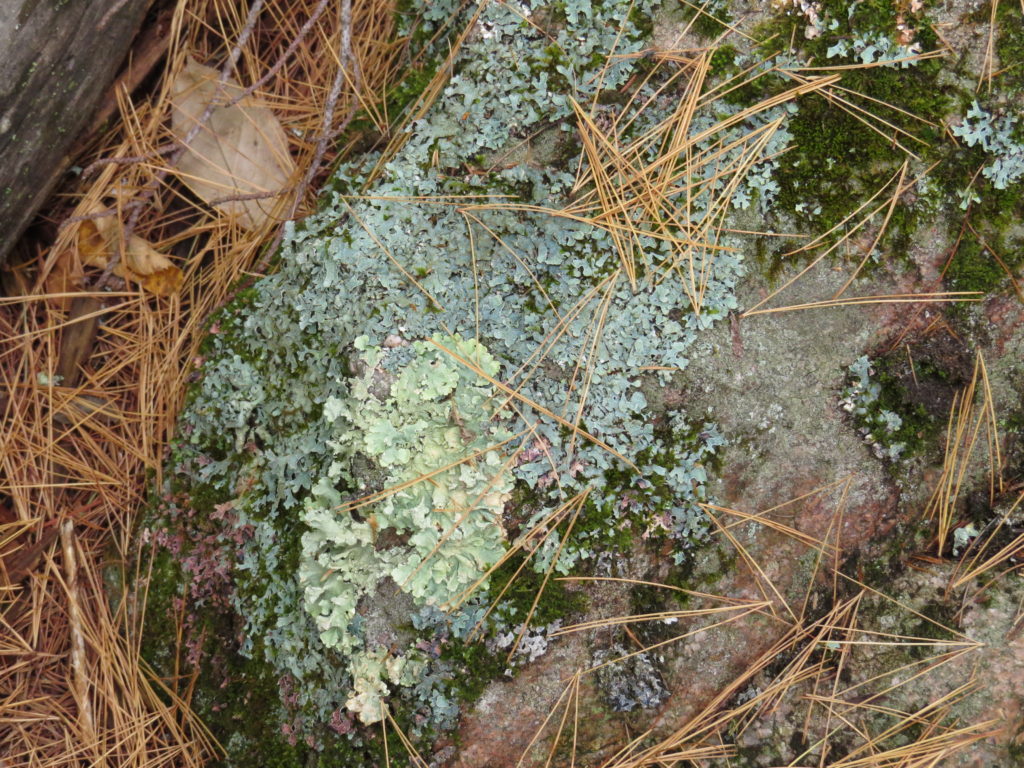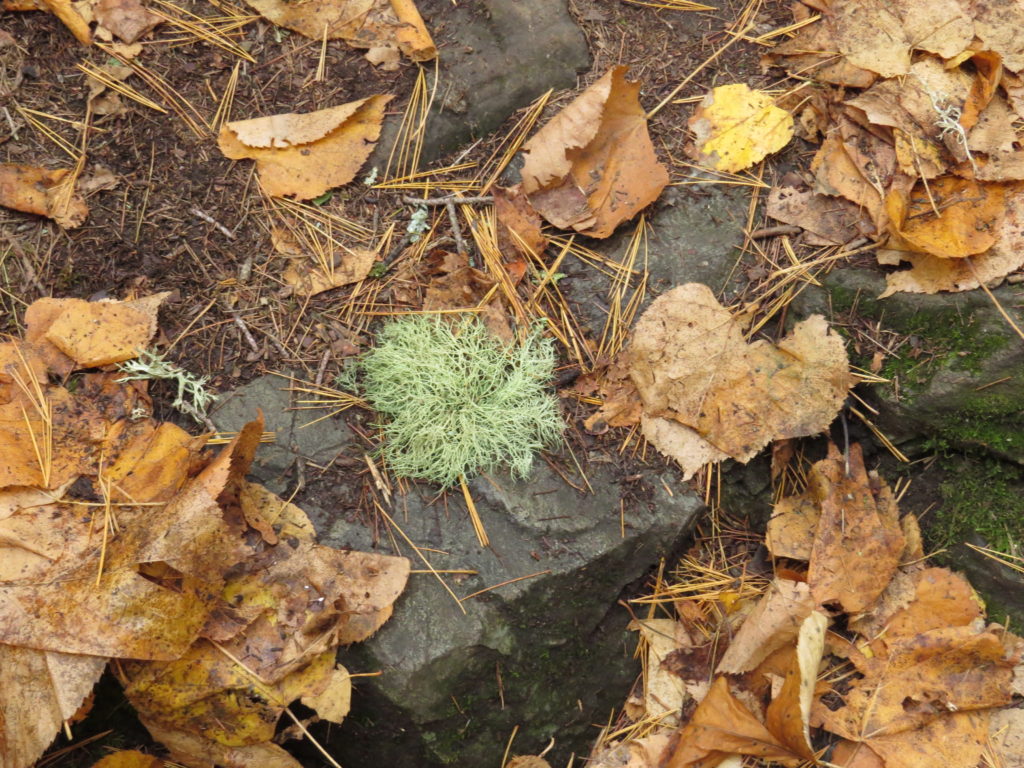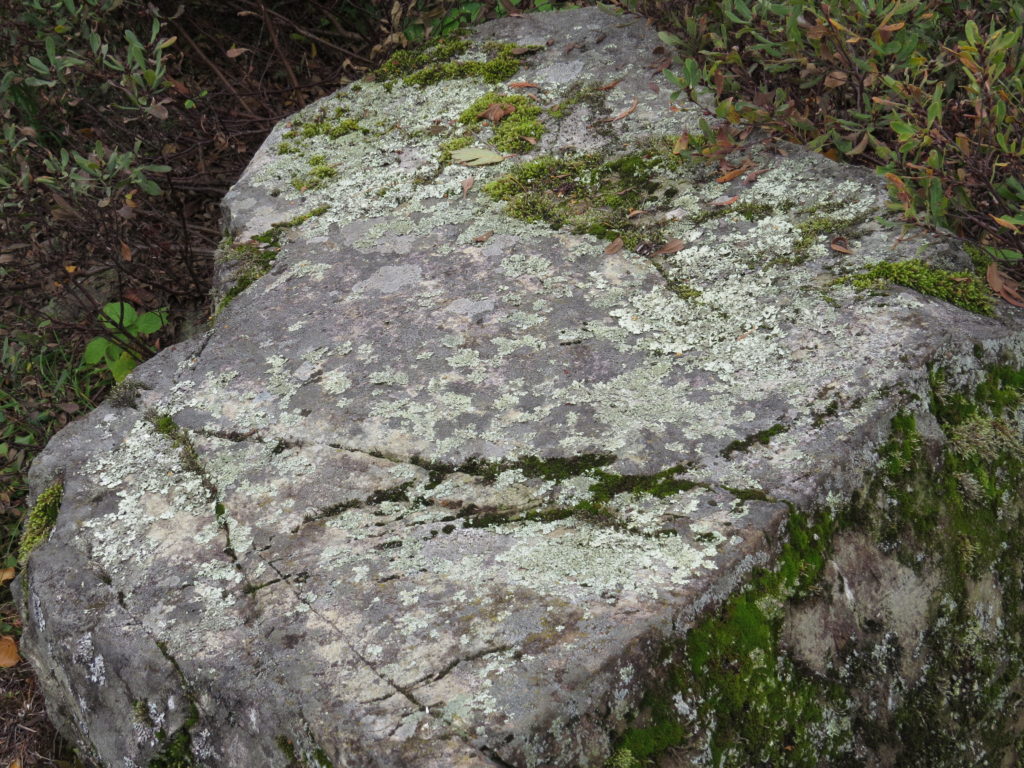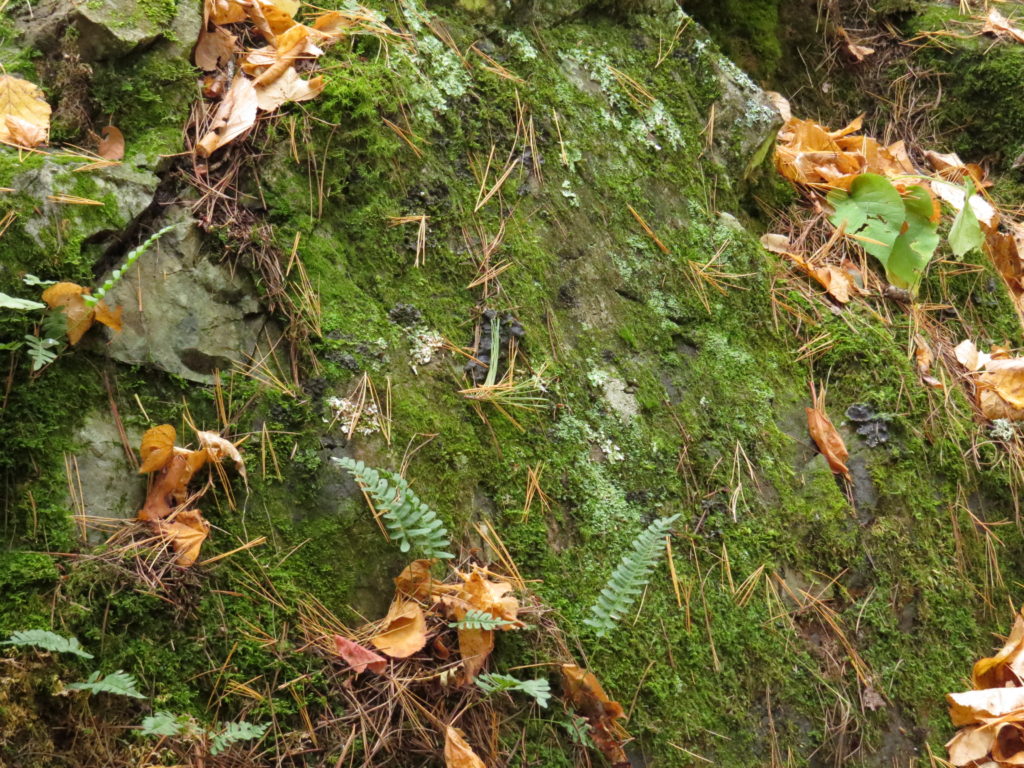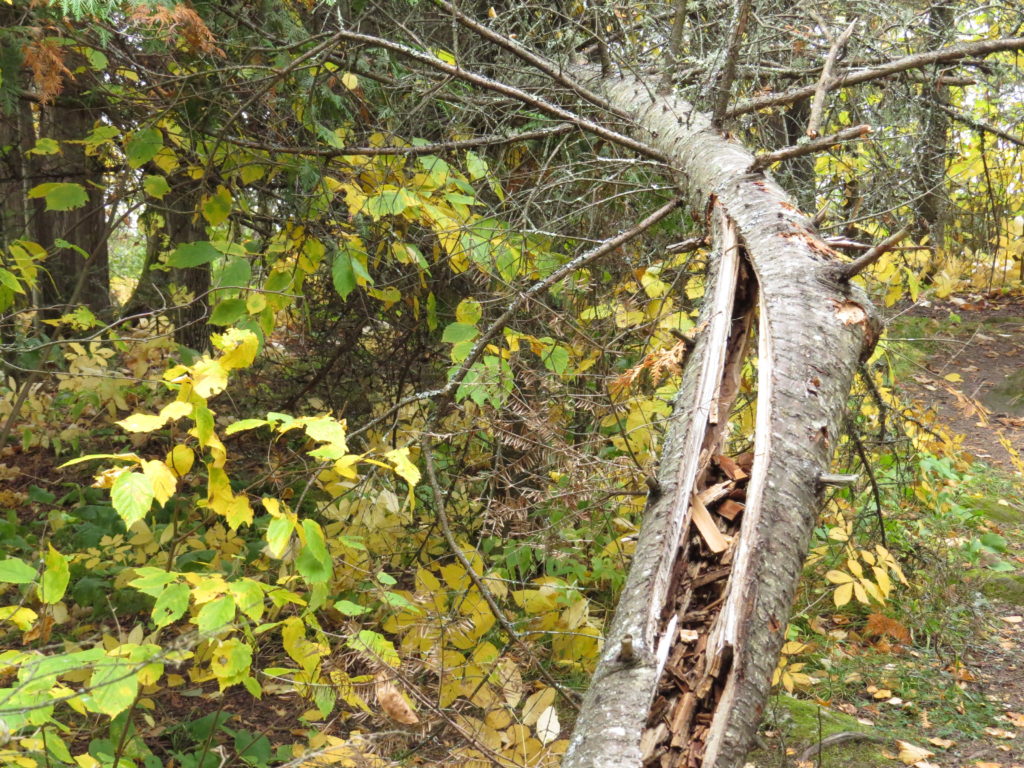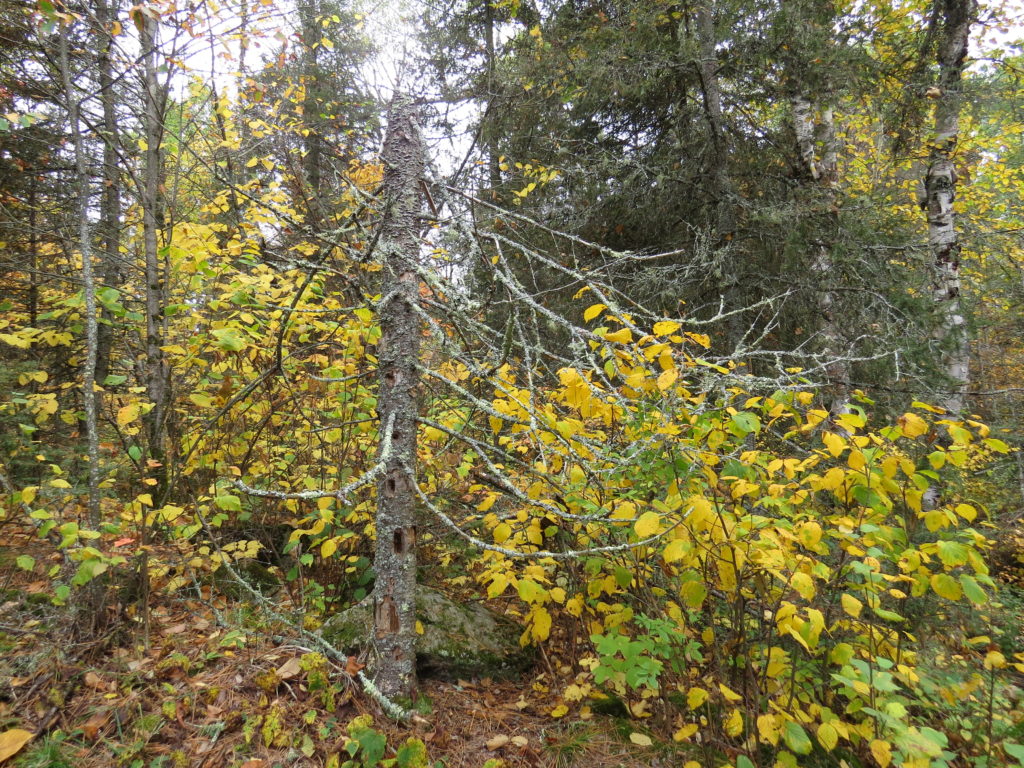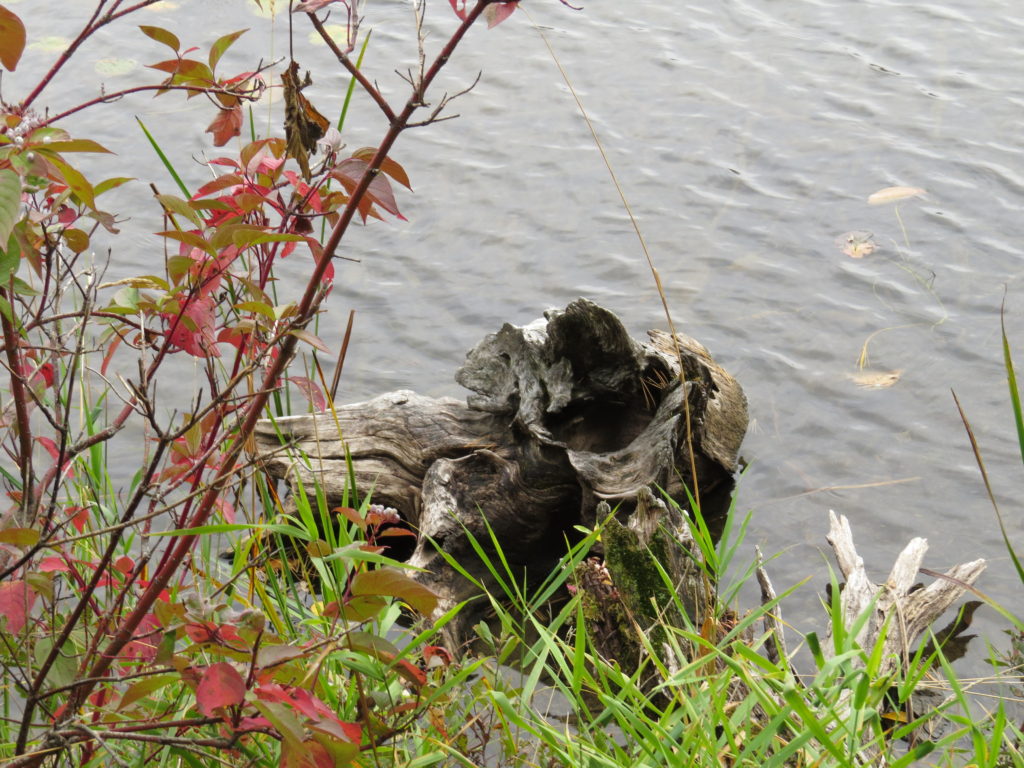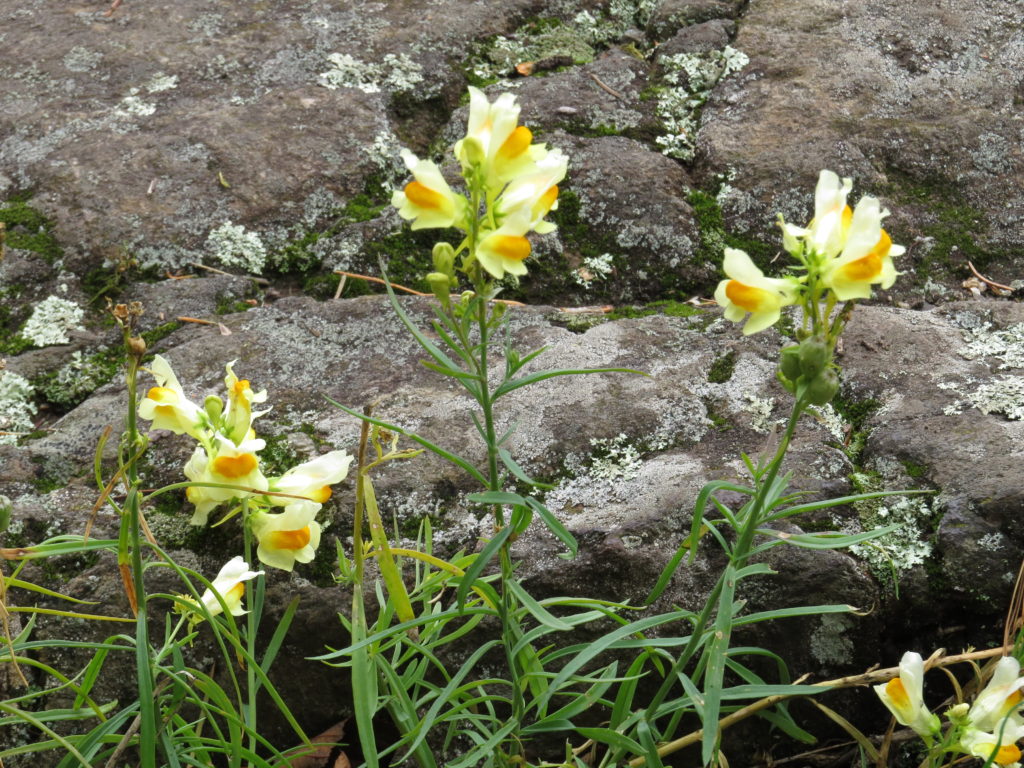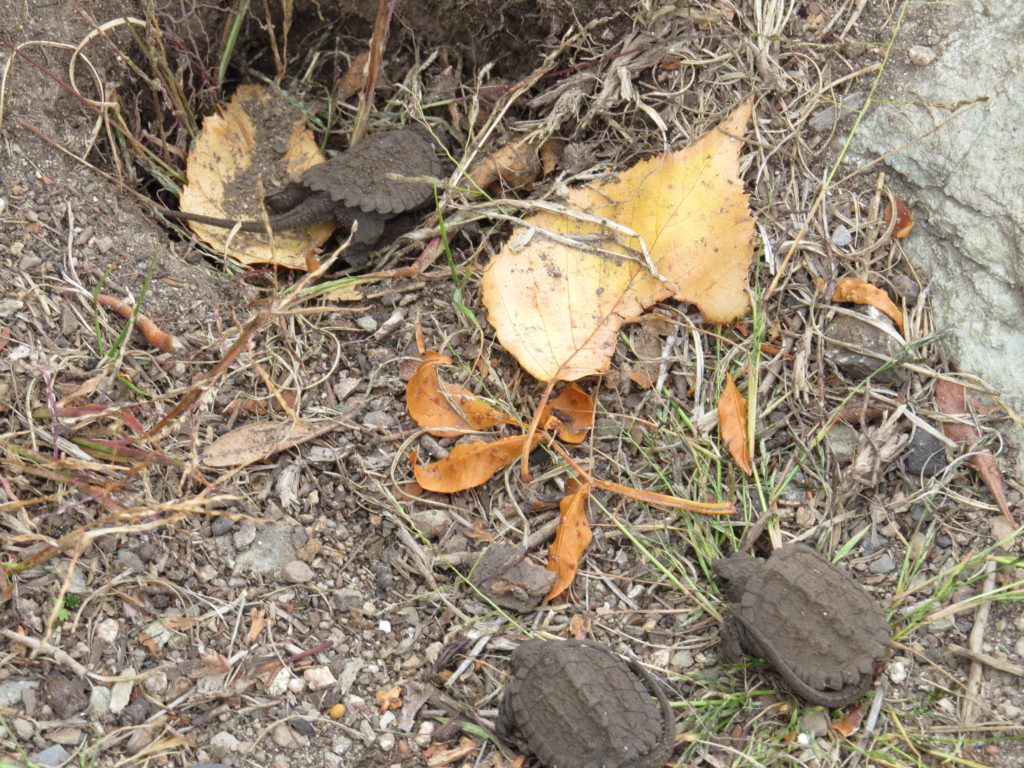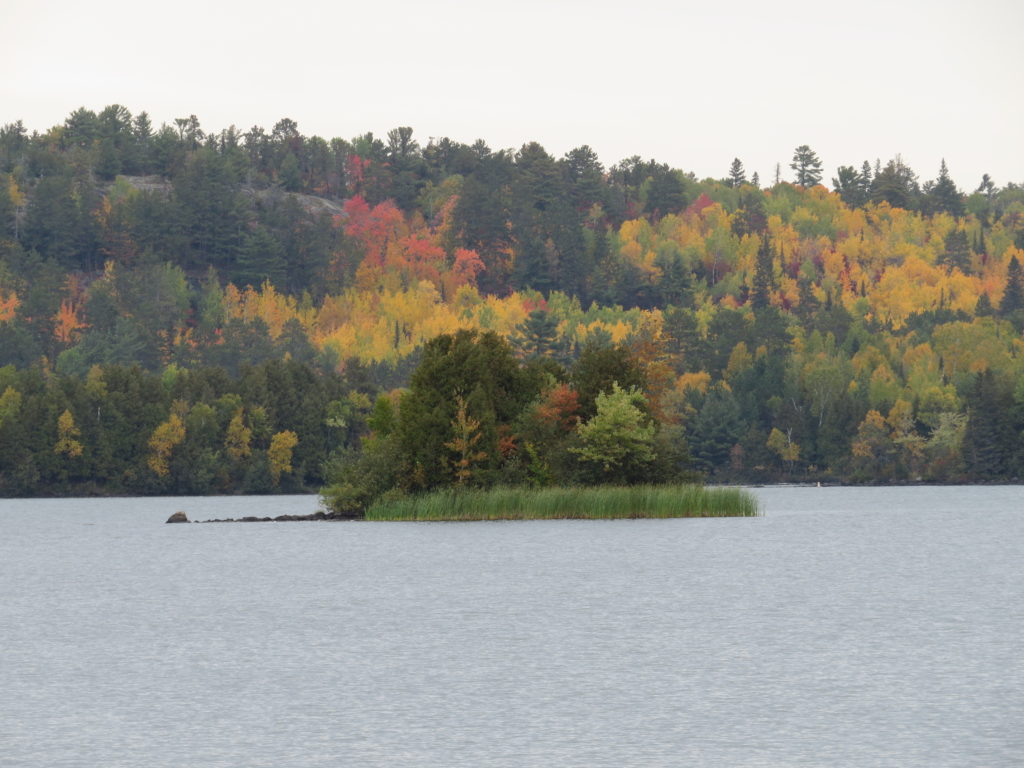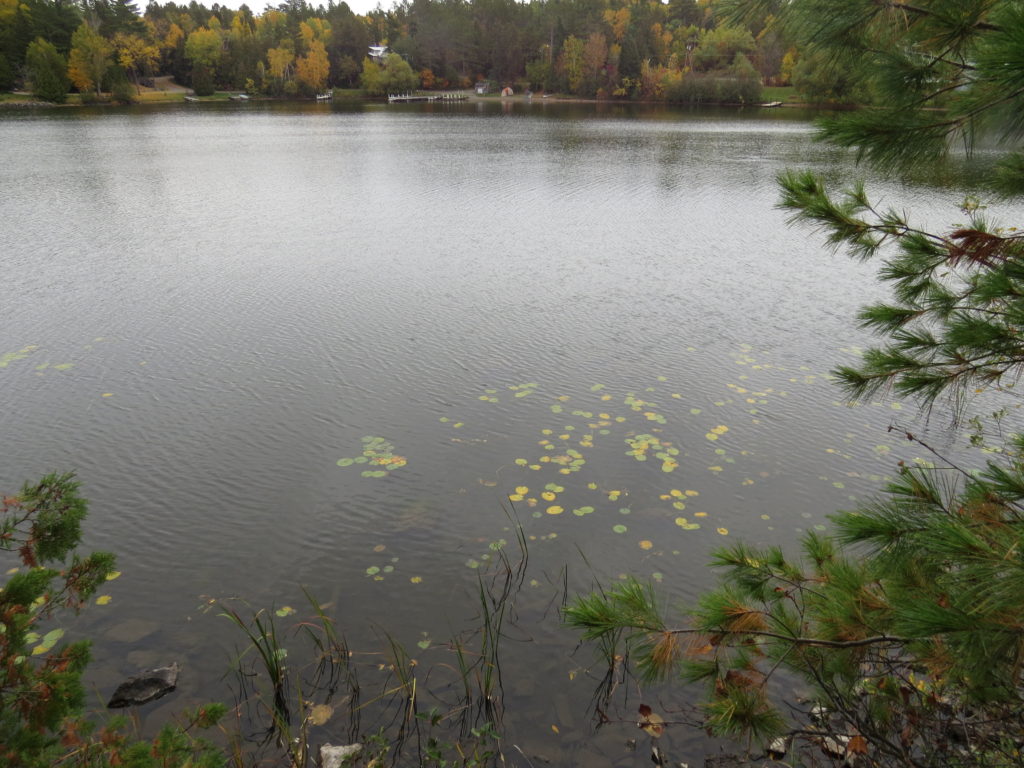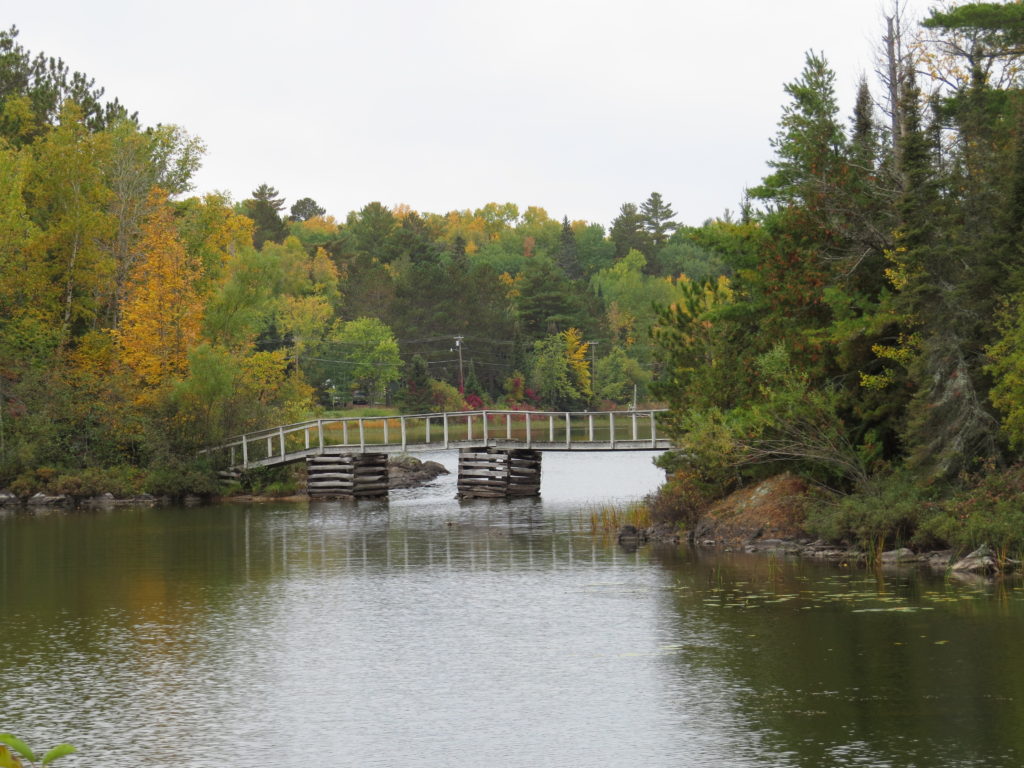I’m a homebody in many ways—I love being home and even eschew the idea of leaving for an evening activity once supper and dishes are done. I am usually content with my routine. But I do get an explorer’s thrill when we plan to go to a new place in Nature! The Latin root for explore is ‘explorare,’ meaning to investigate or search out. We had heard that Savanna Portage State Park was a beautiful and interesting place, so Chris had gotten reservations for us weeks ago. He loves the anticipation of a planned trip even as I get a bit nervous about leaving home. But once I’m in the car with a map in hand (sorry Google Maps), I forget about leaving home and look forward to exploring and learning about a new place.
In just over two hours, we pulled in to Savanna Portage State Park, which is in the middle of the expansive Savanna State Forest. Commence our journey of exploration of the Wilderness! There are a number of characteristics according to exploreratlarge.org that define the mentality of an explorer, the first of which is curiosity. What will we see? What will we experience? I was hoping for a chance encounter with a Moose—will I see one? Our first hike was around Loon Lake trail. Loon Lake is a designated trout lake, just a mile or so in circumference, and the trail hugged the lake shore. Come explore with me!
The lake was calm with the slightest breeze occasionally rippling the mirror-like water. Autumn had begun—the Maple trees were beginning to turn color, red reflected on water and leaves falling on the trail.
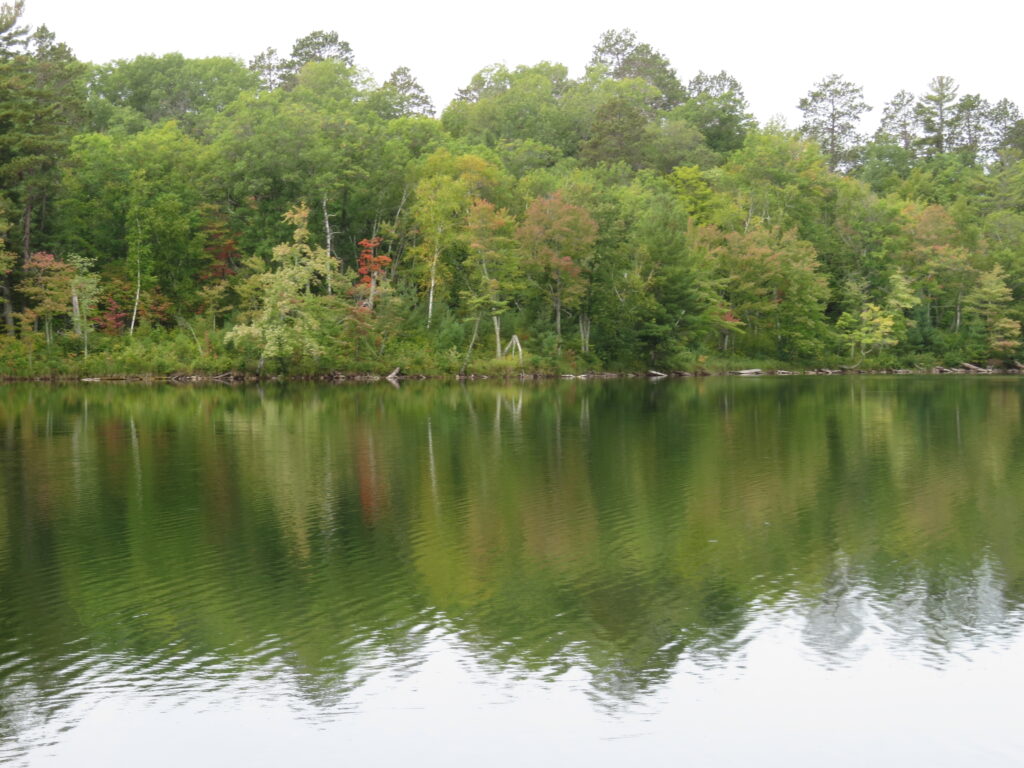
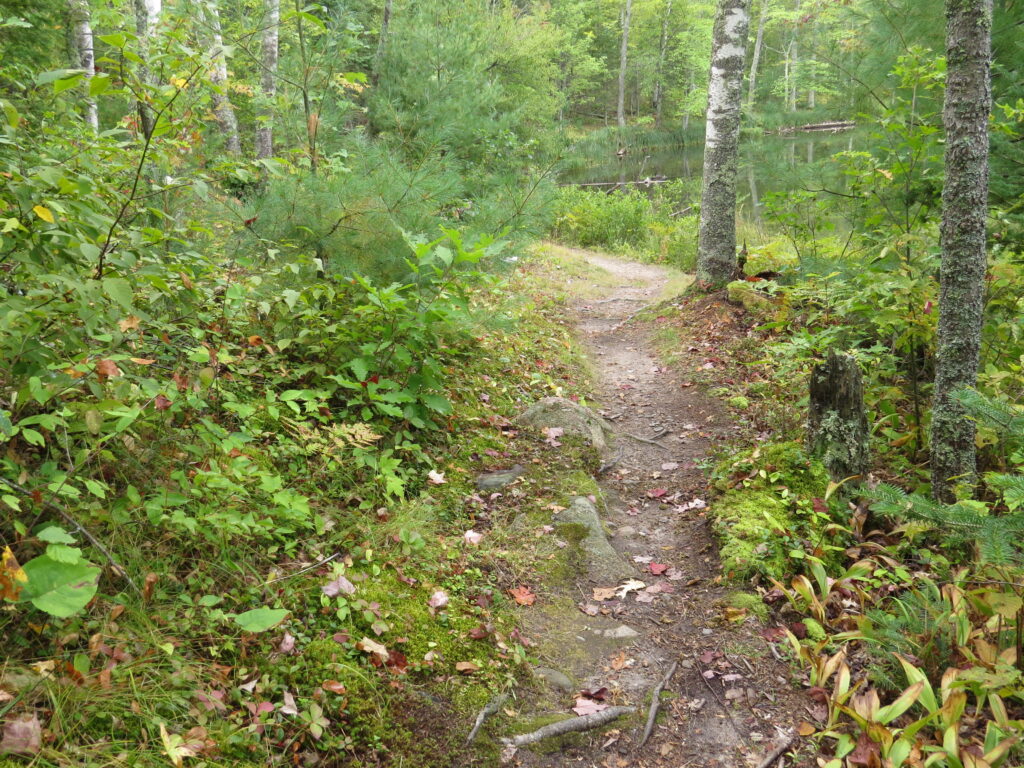
Large, old Pine trees, White and Red, gripped the ground with their massive roots. A frog was our first creature to be found.
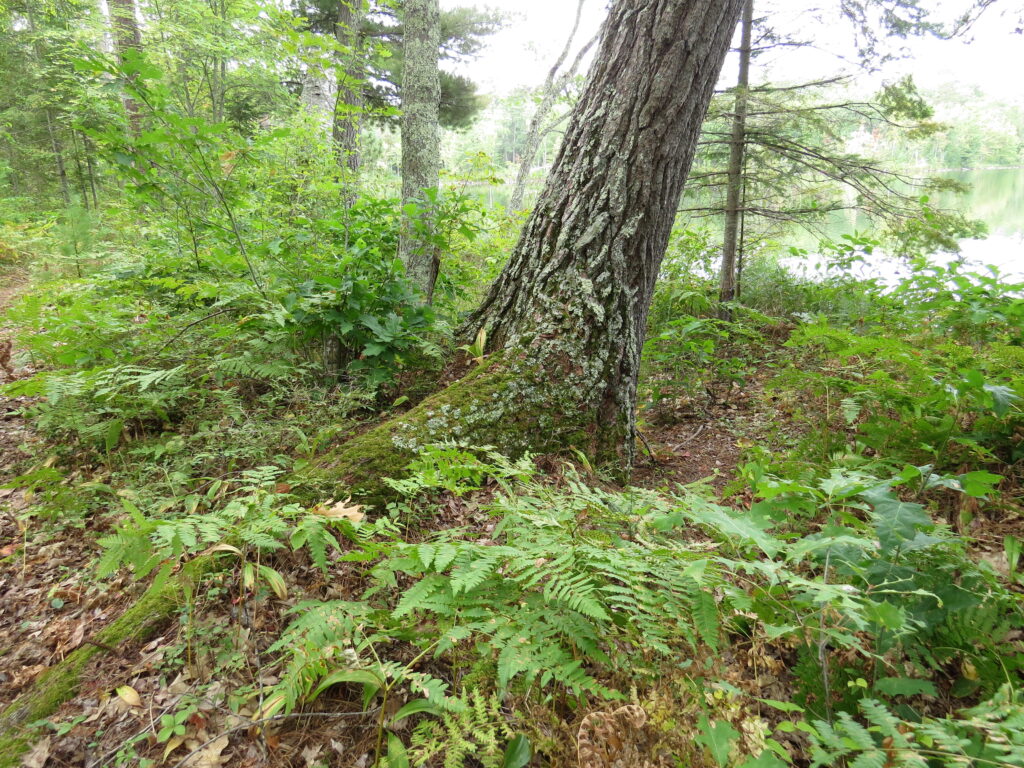
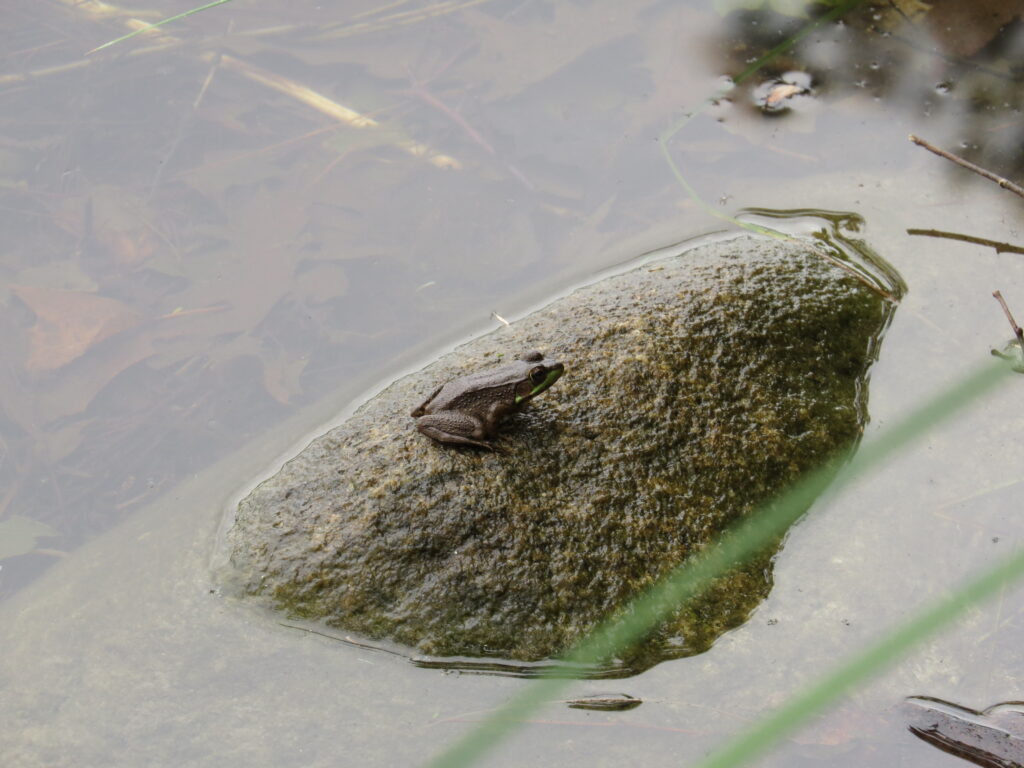
I was delighted to see Wintergreen growing beside the trail, its berries beginning to turn red, its leaves pungent with the flavor we associate with chewing gum or toothpaste. (It was the original source of that flavor which is now mostly synthetic.)
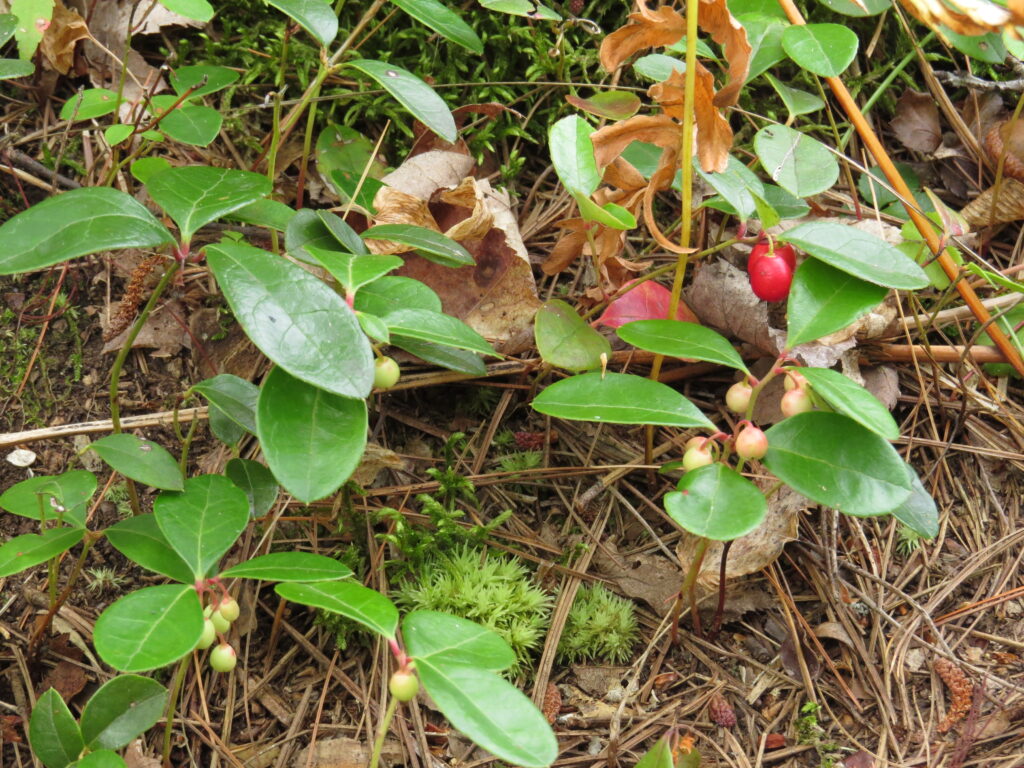
One Pine tree embedded in the lake now reflects arrows that point the way.
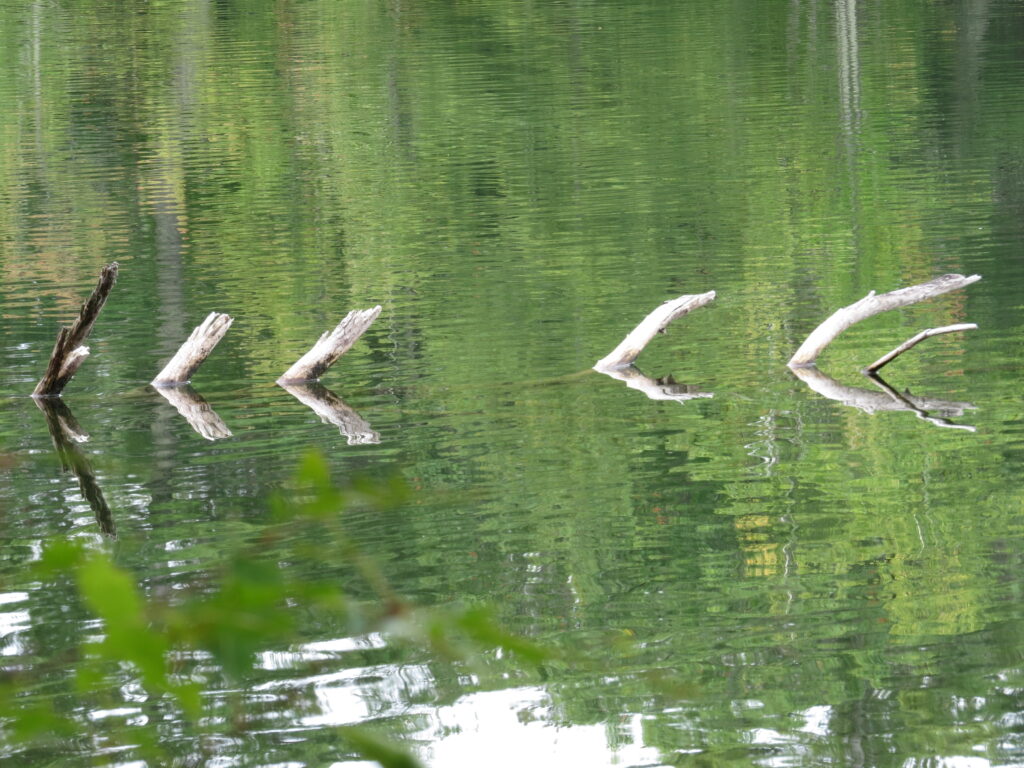
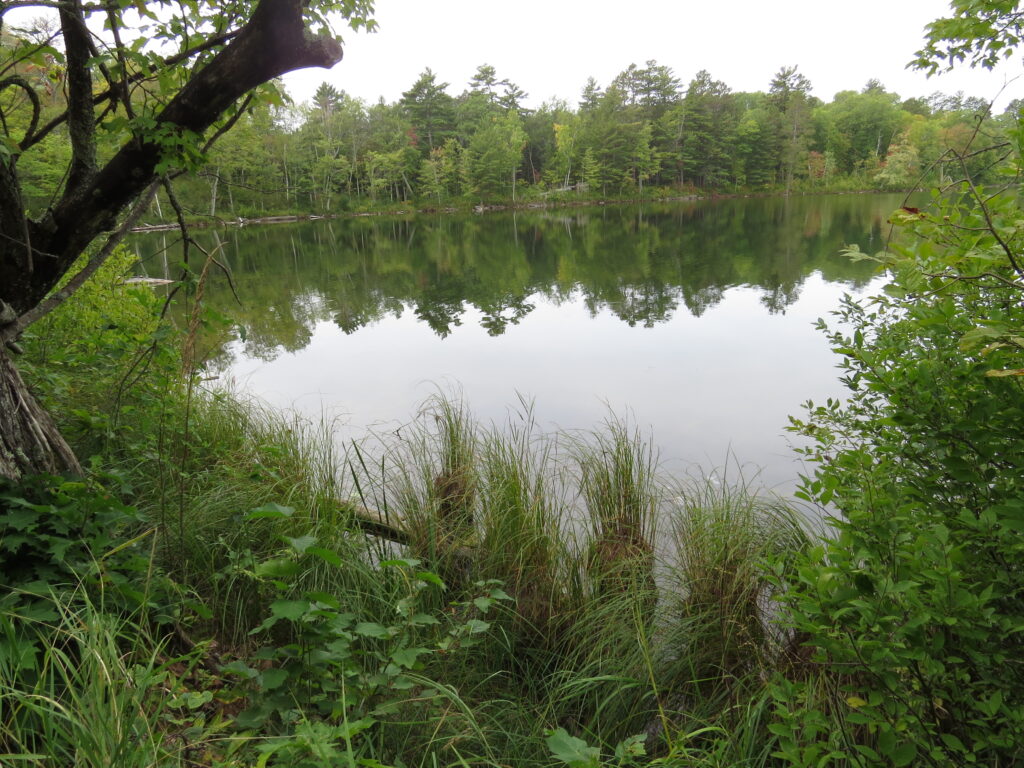
Along with the Wintergreen, a number of different species of Clubmosses grew and flowered like little evergreen trees.
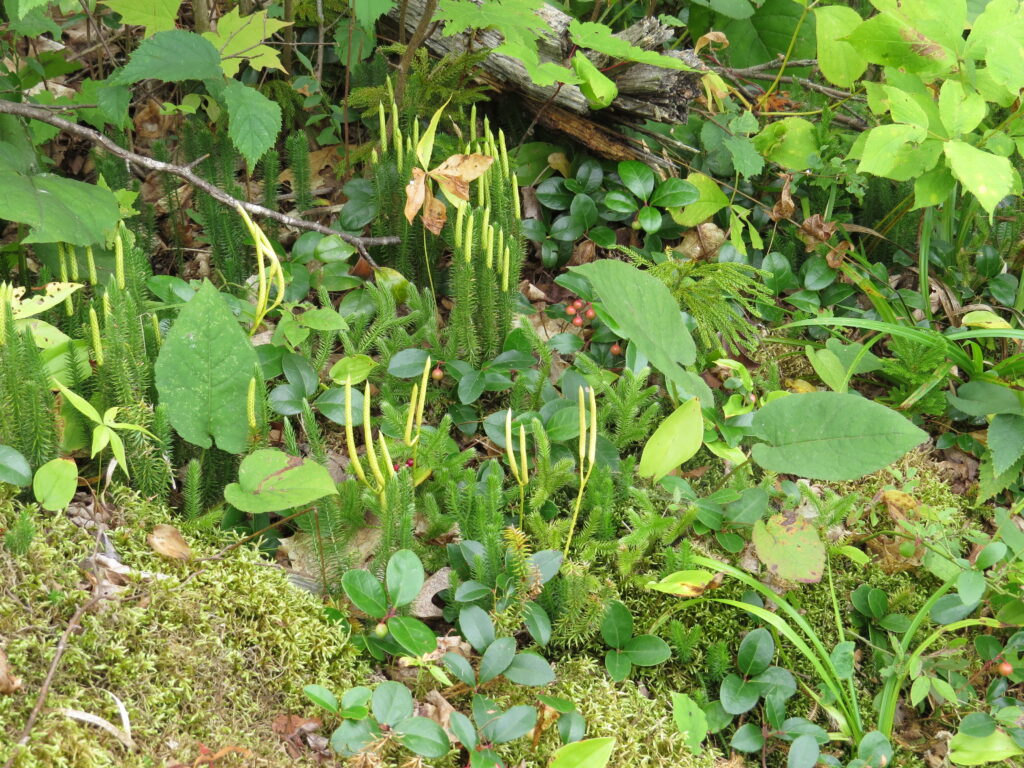
The rooted trail led us to, then past a collection of golden-morphing Ferns—so beautiful!
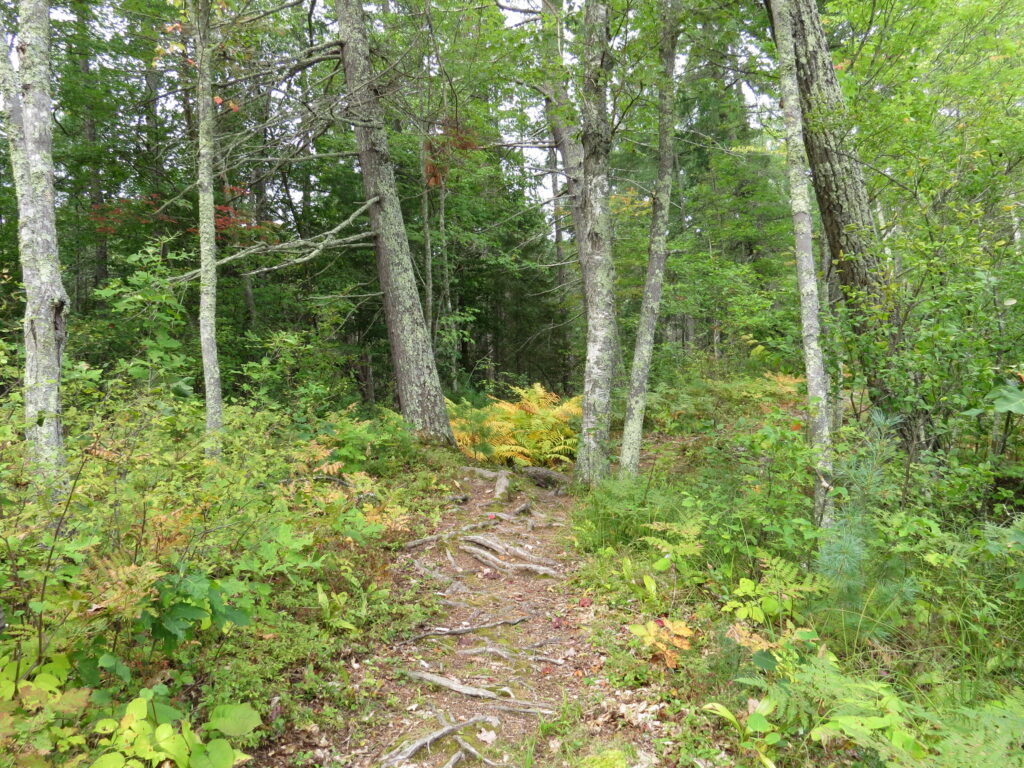
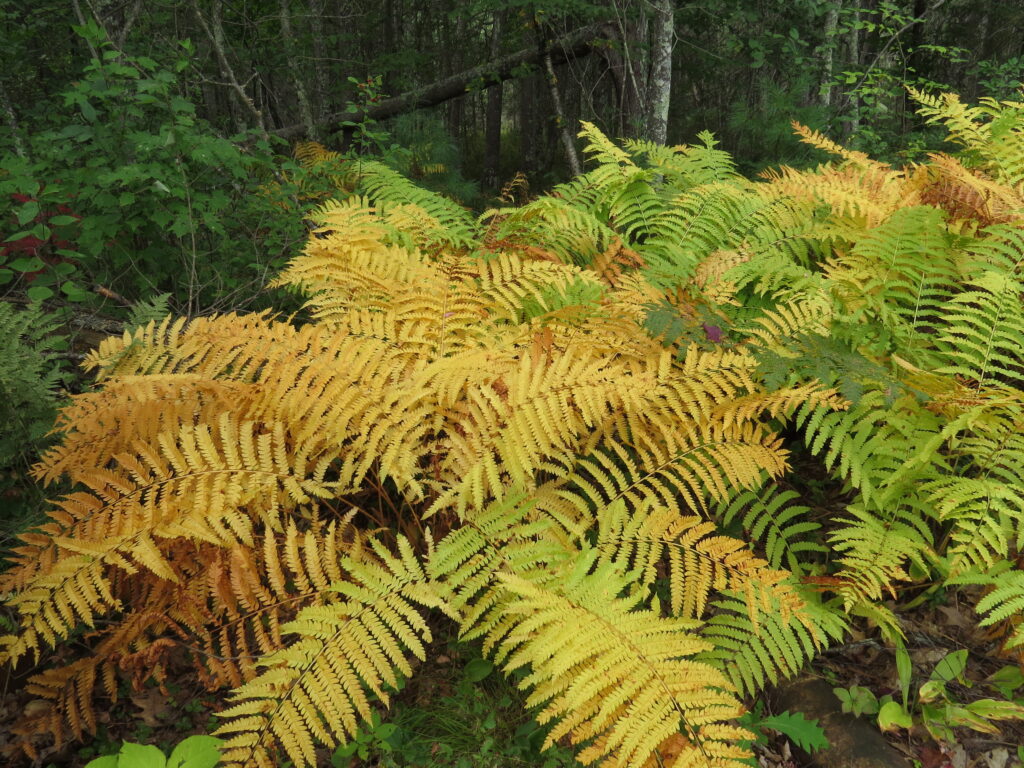
Form and shape, color and contrast, reflections and realities all help us appreciate the diverse plant life in any given environment.
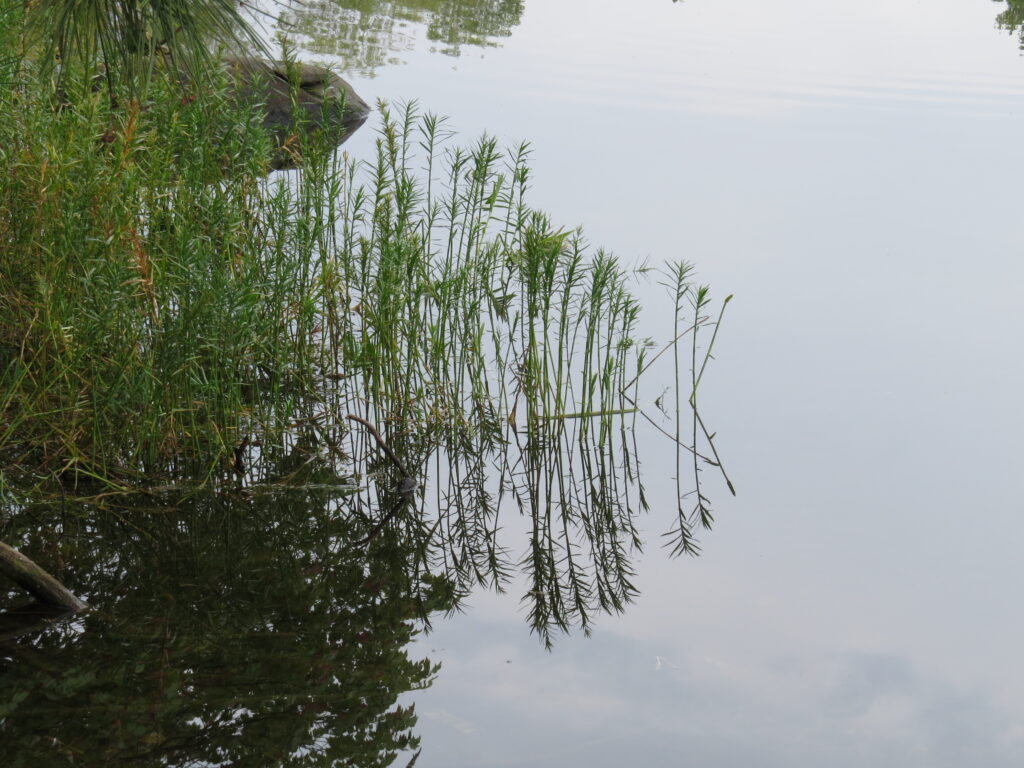
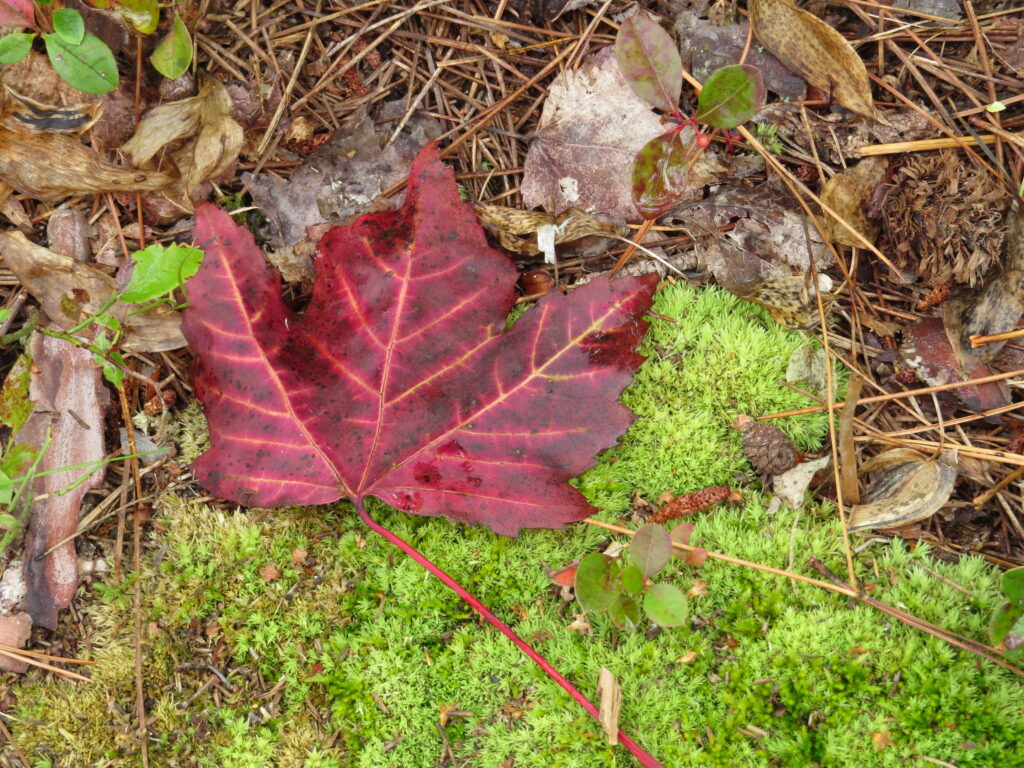
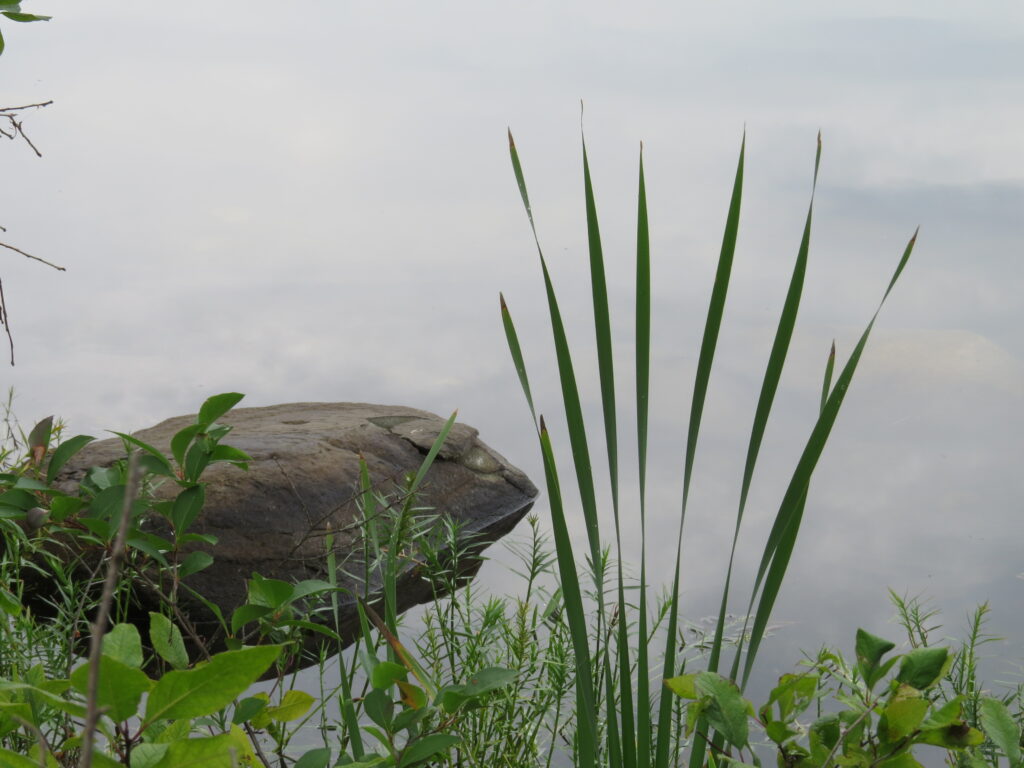
Many of the branches and trees that had fallen into the lake had become floating ‘treeariums,’ growing with mosses, ferns, shrubs, and other plants. Each created its own little environment, some used by the swimming creatures as a resting place.
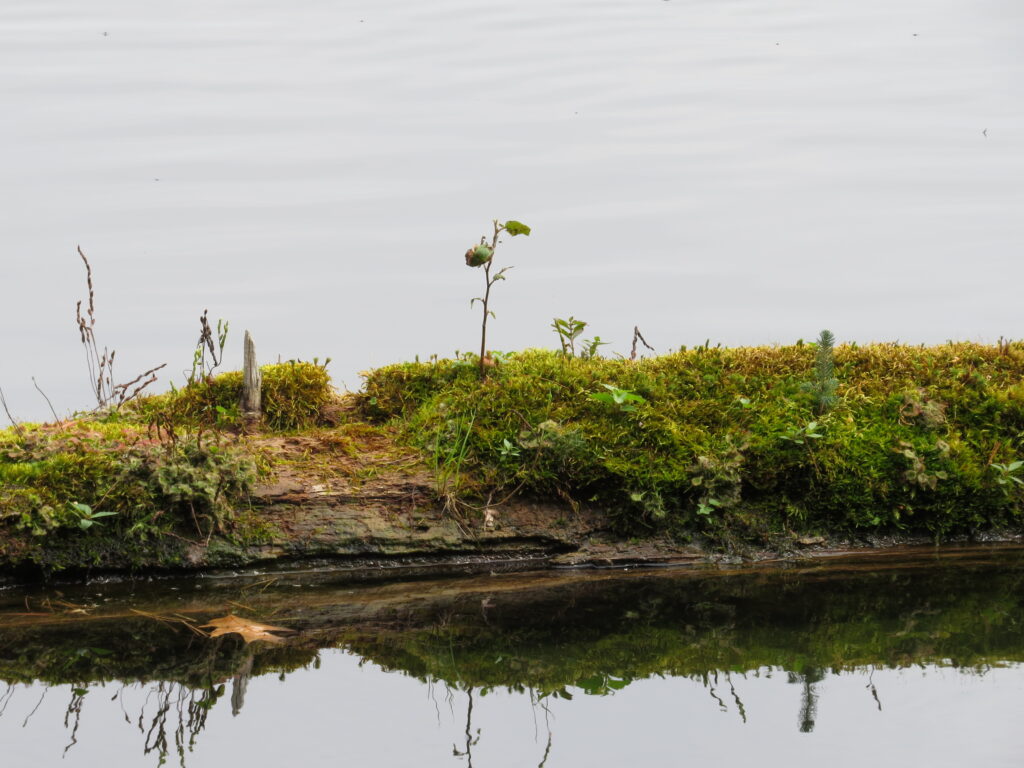
Along with curiosity, an explorer must use discernment and logic. What are these white piles of dried-up scat from? Looking more closely, the white pieces were bones and pink-tinged shells, probably from crayfish. My guess of otter scat was substantiated when we saw a grass-flattened ‘slide’ from the hillside into the lake! We saw many slides and many piles of territory-marking ‘spraints,’ as otter scat is called.
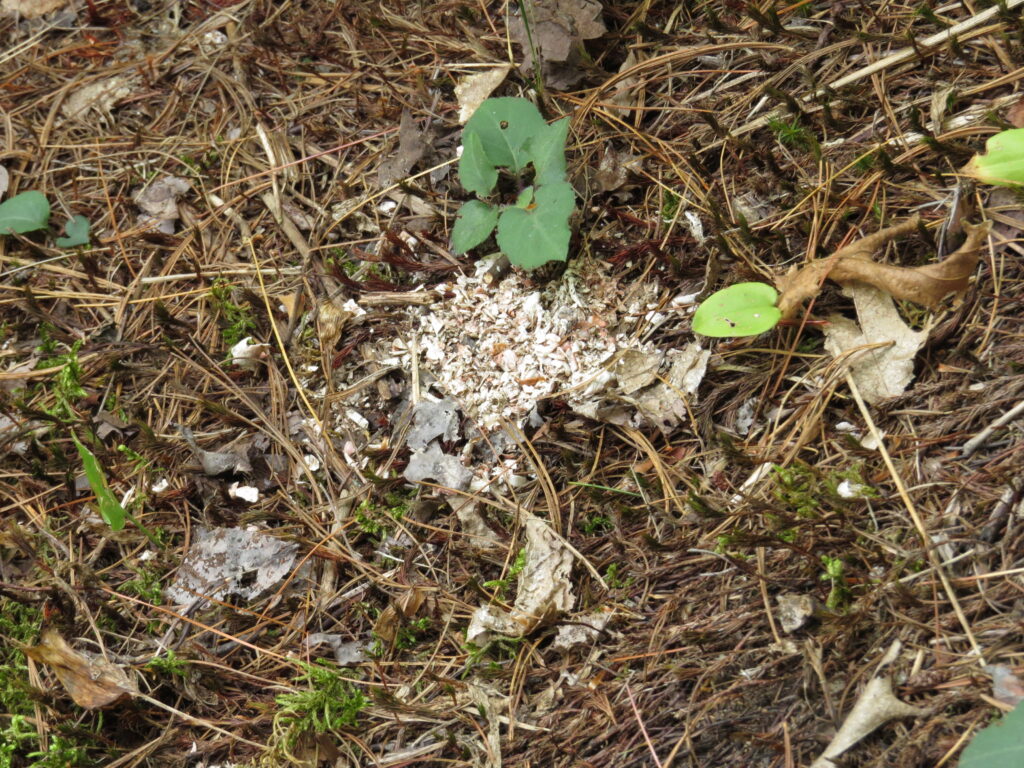
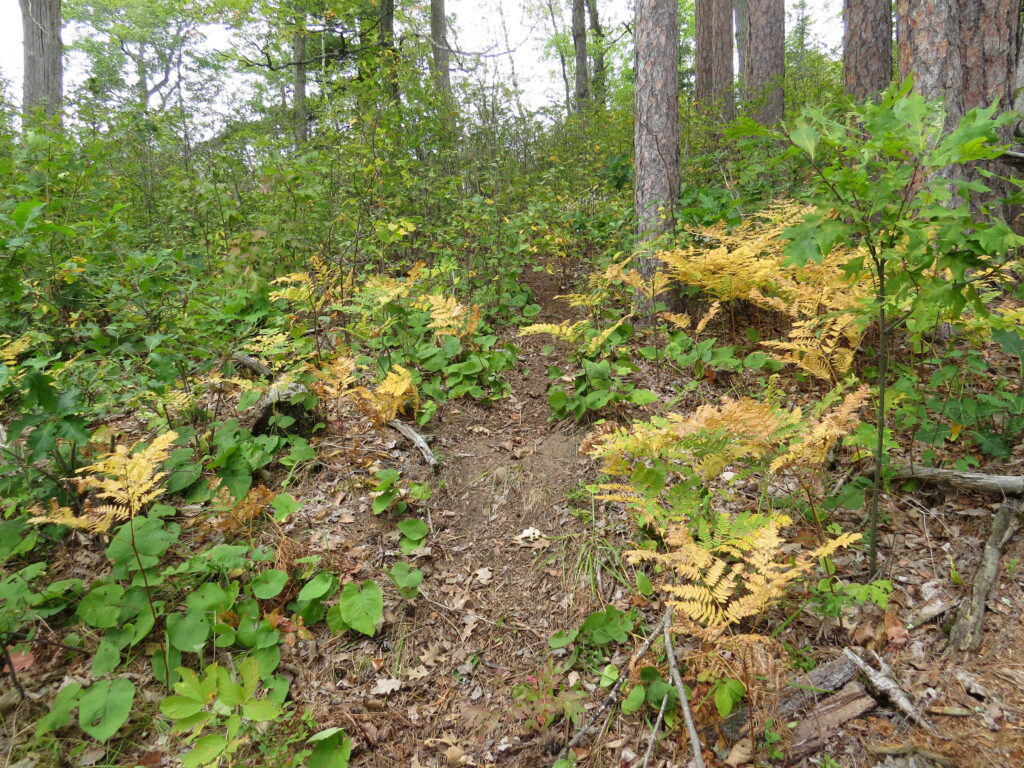

A very industrious and disillusioned Beaver lived here some time ago. The tree was working to heal that gaping beaver wound.
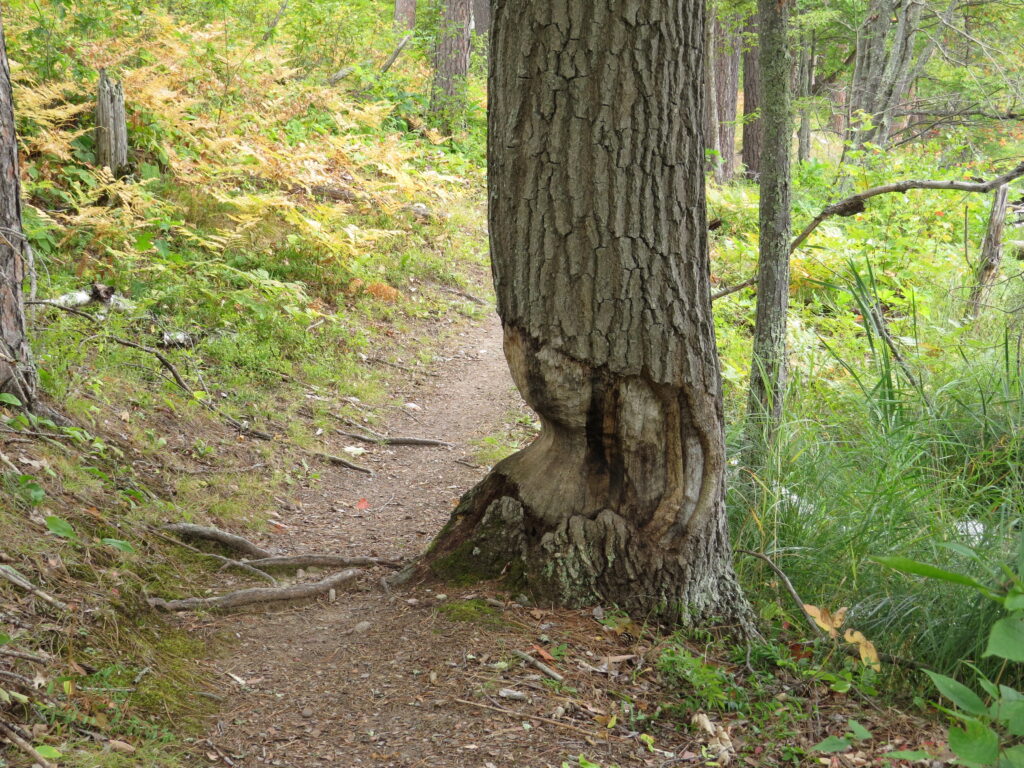
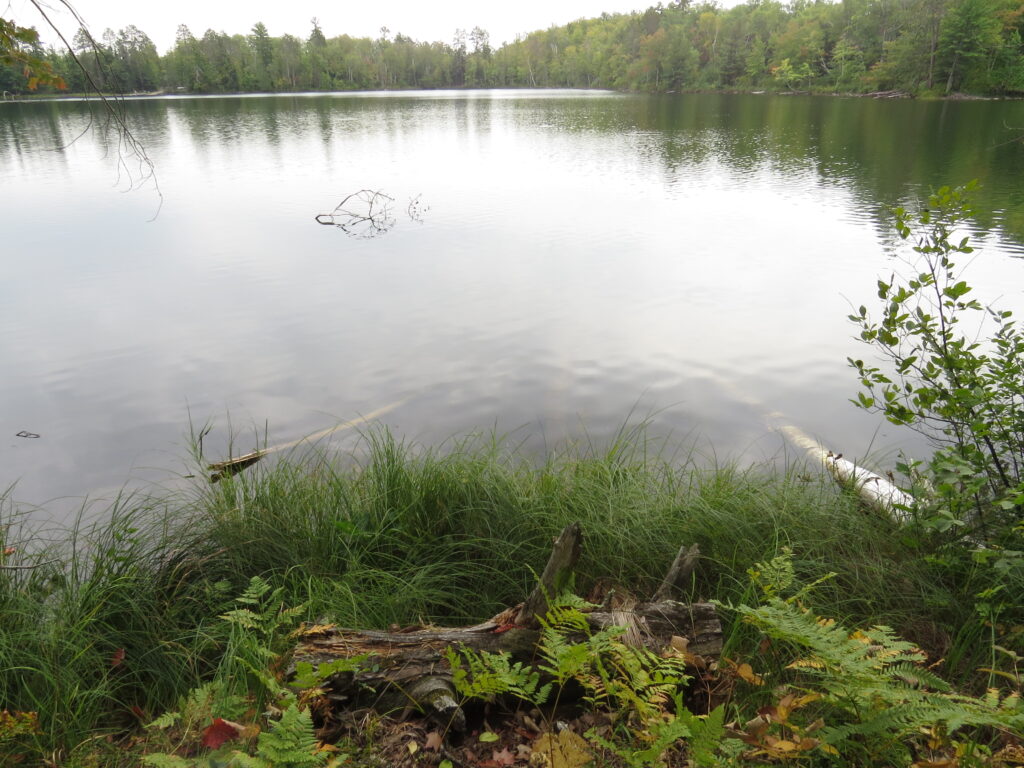
At times along the trail, a small grove of Pines bordered the lake and path. What beauty in the bark of a mature Red Pine!
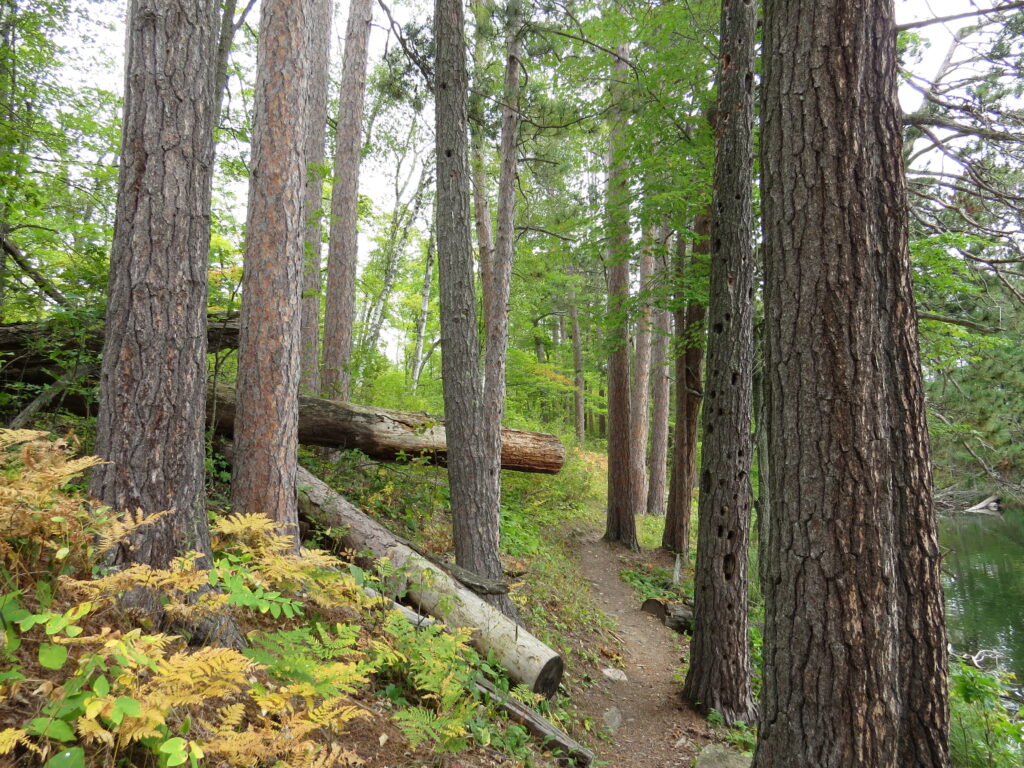
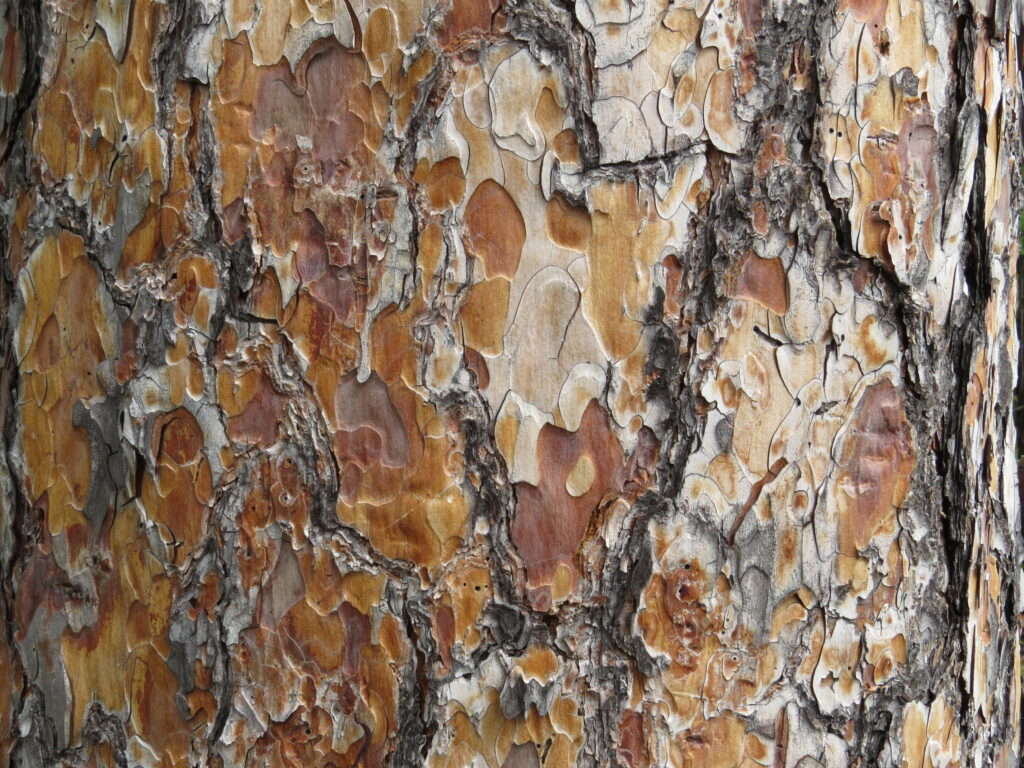
Balsam Firs were the other evergreens of the forest along with the Pines. Most were younger and content to grow in the shade of the canopy trees. An orange fungus was a colorful surprise!
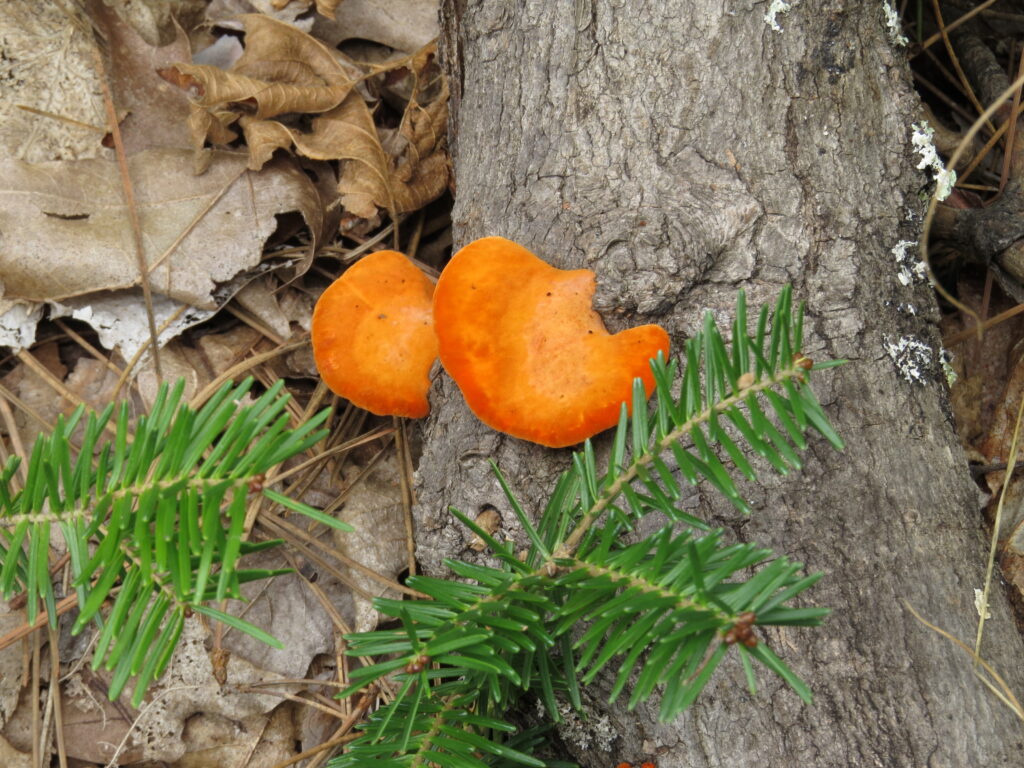
Another rather startling discovery was a dead Snapping Turtle, upside-down, over a log. I wondered how he got there. Adult Snappers are sometimes attacked by otters, bears, or coyotes, so that was definitely a possibility. But then we saw a live monster-of-a-turtle swimming in the lake and wondered if the males fight one another.
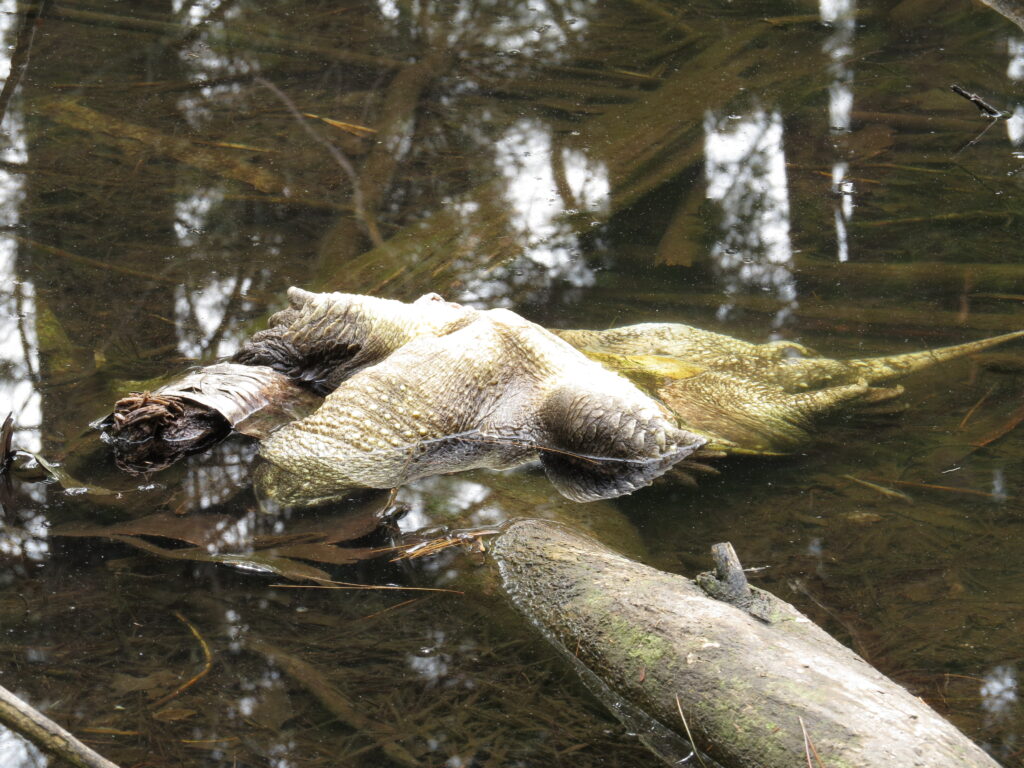
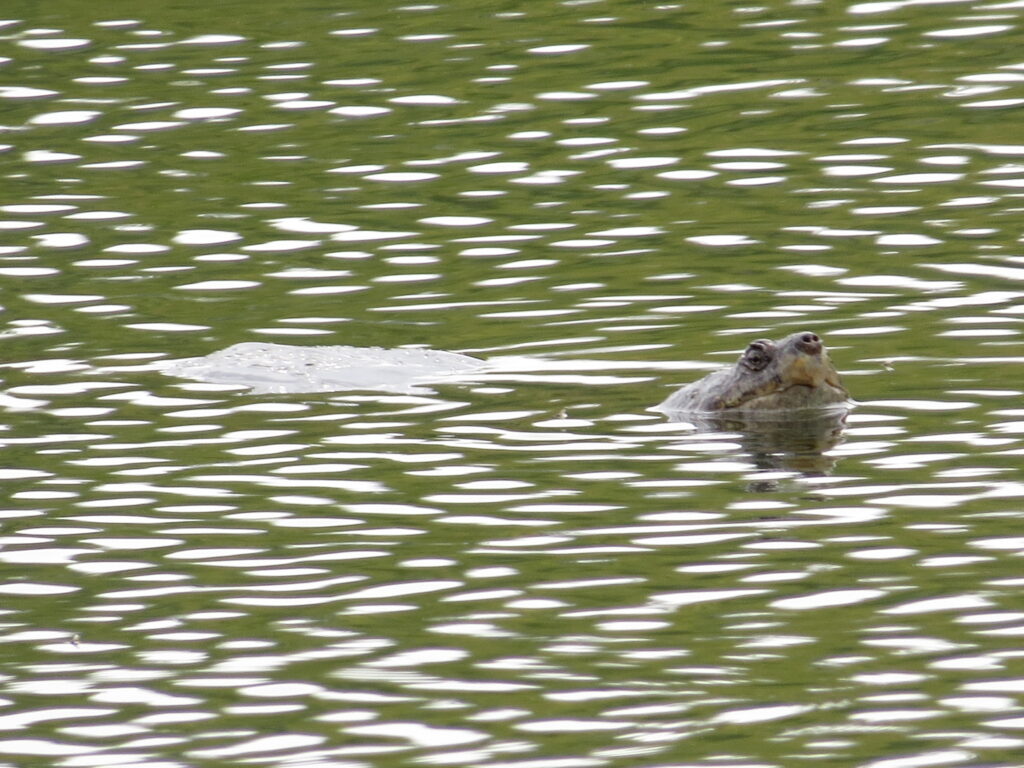
More ‘treeariums,’ golden ferns, and red leaves decorated the Loon Lake trail as we circled around it. (No Loons to be seen, but we did find a beaver lodge.)
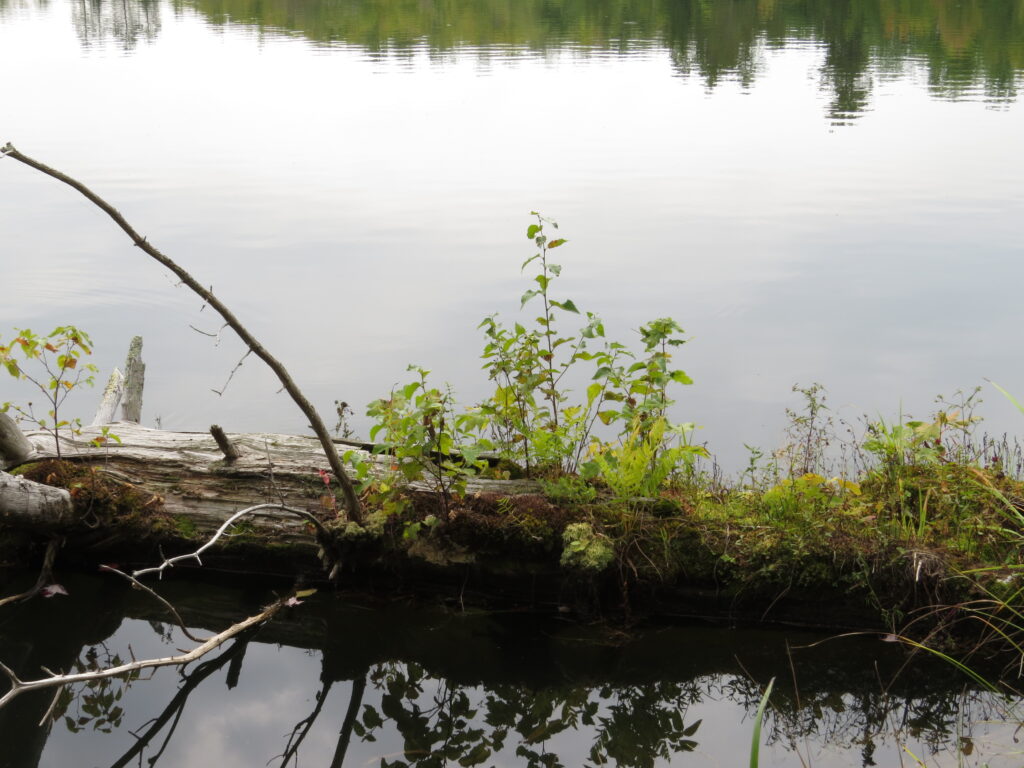
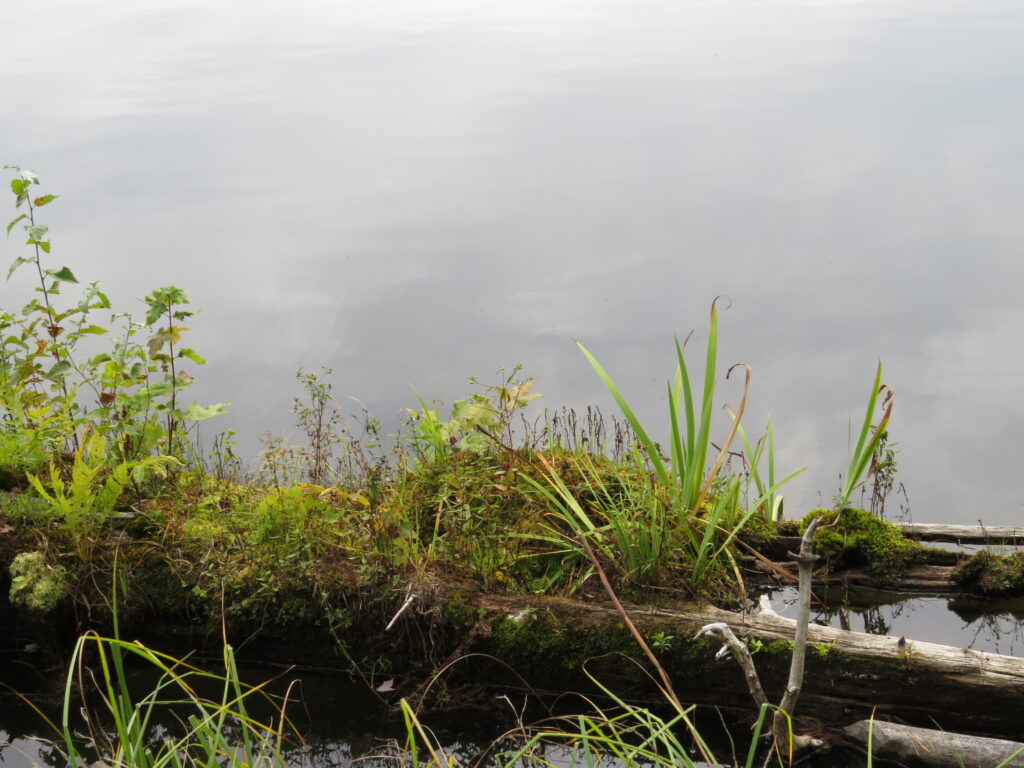
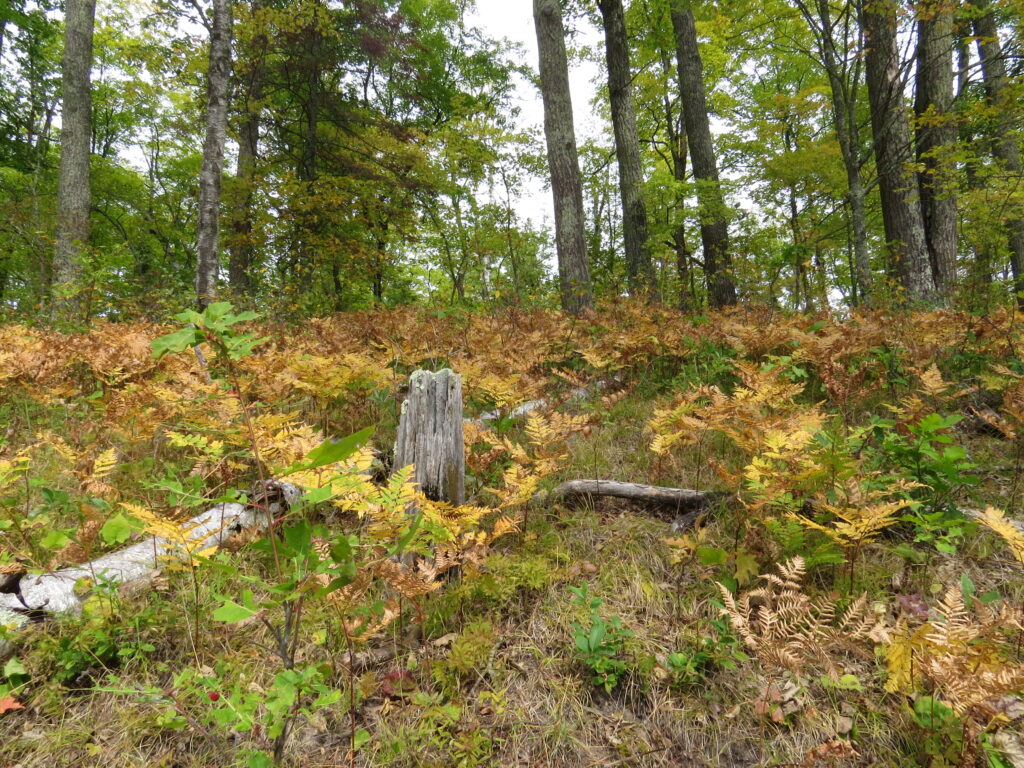
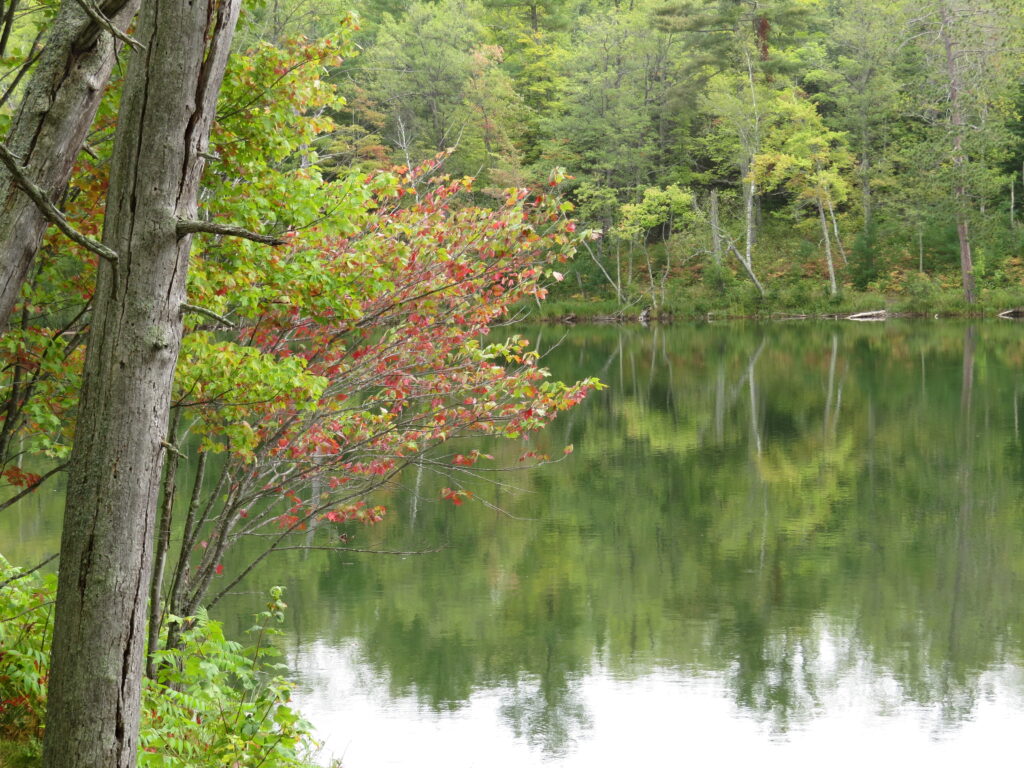


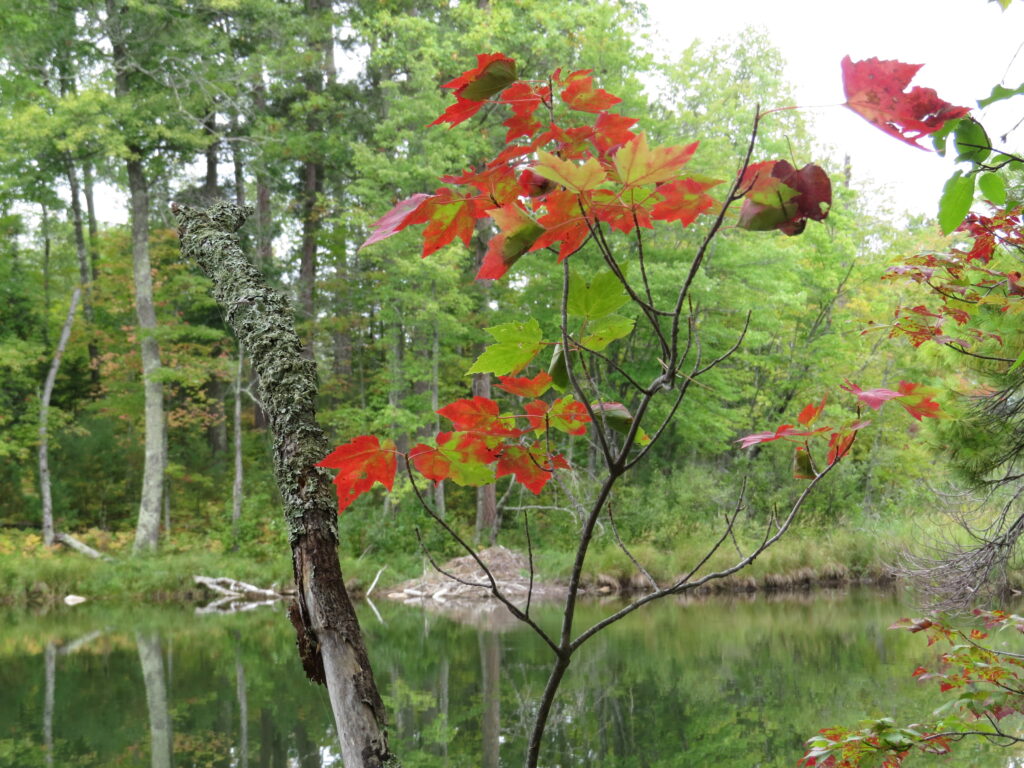
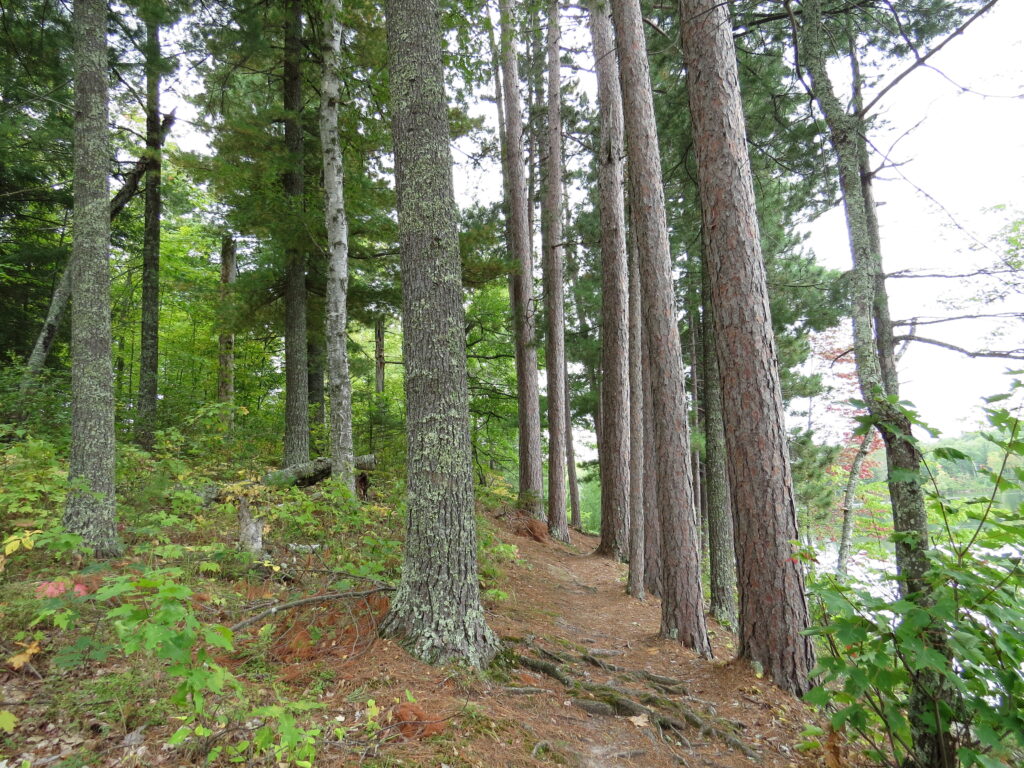
Towards the end of the trail, a large White Pine had tipped over into the water. The root ball was covered with Otter spraints, and we imagined they used the tree as a playground. Playfulness is another quality of an explorer, as expertly embodied by Otters running and sliding, swimming, rolling, and playing.
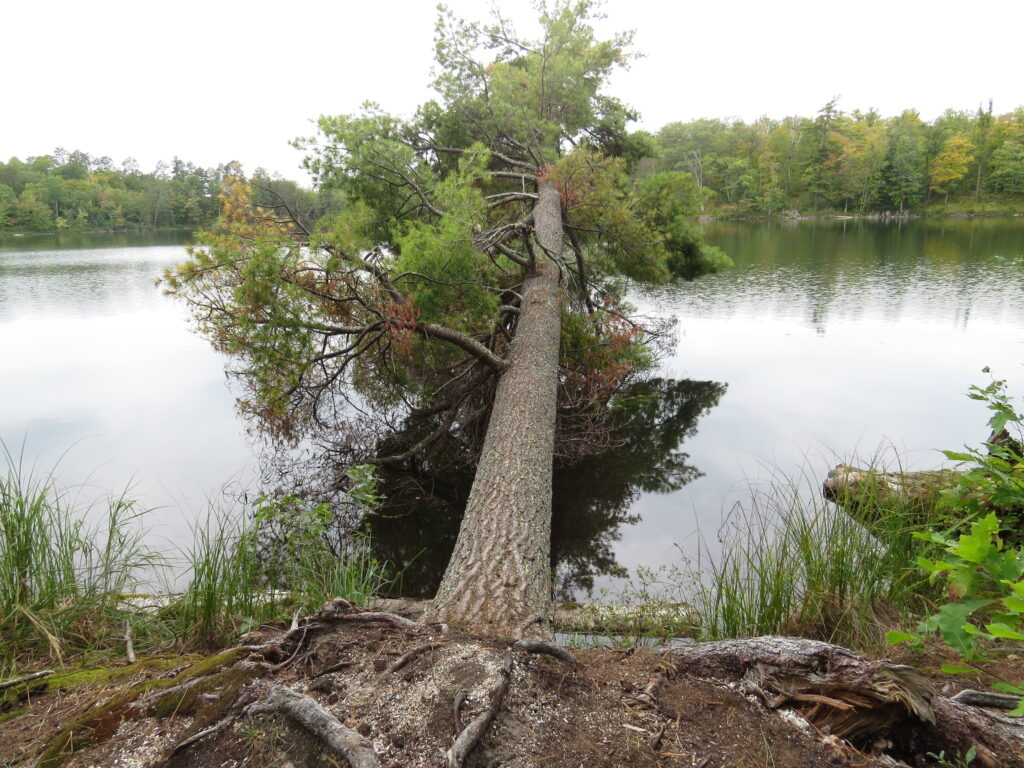
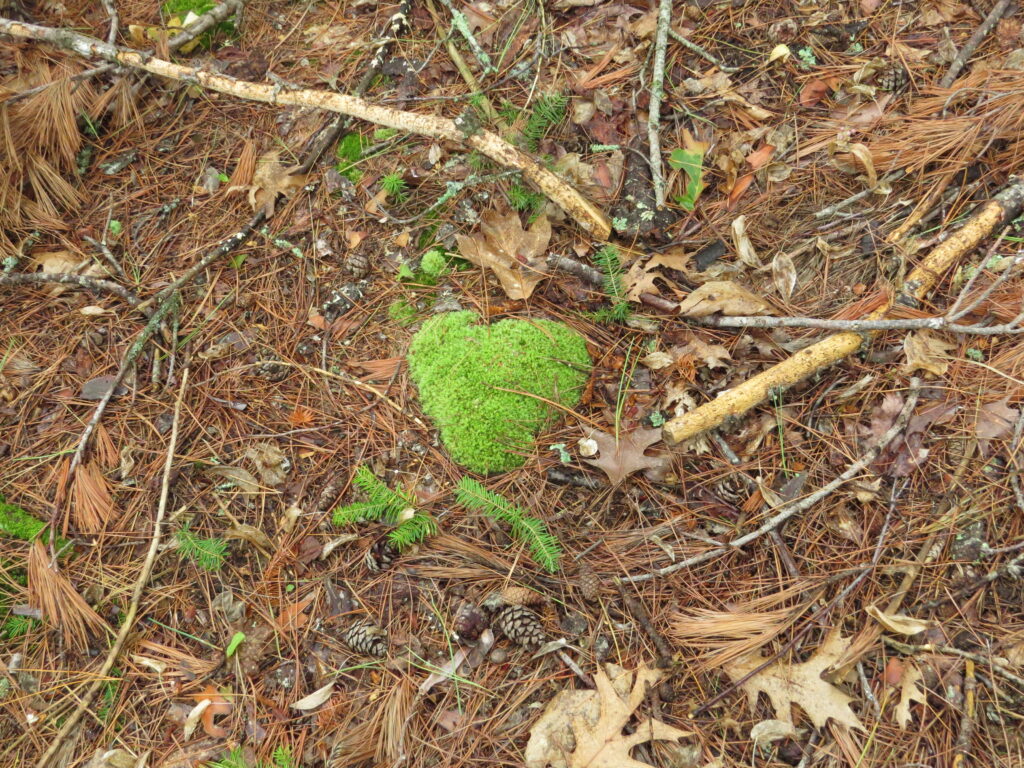
I fully embrace being a homebody and an explorer of Nature. Each of us has these seemingly opposing qualities in one way or another. Yet I have always lived my life with curiosity and wonder (another quality of an explorer). It has been the foundation of my learning, schooling, and being a scientist, as well as being an explorer. In my next posts, I will share other trails we hiked at Savanna Portage and other qualities of being an explorer. Until then, what kind of explorer are you?

